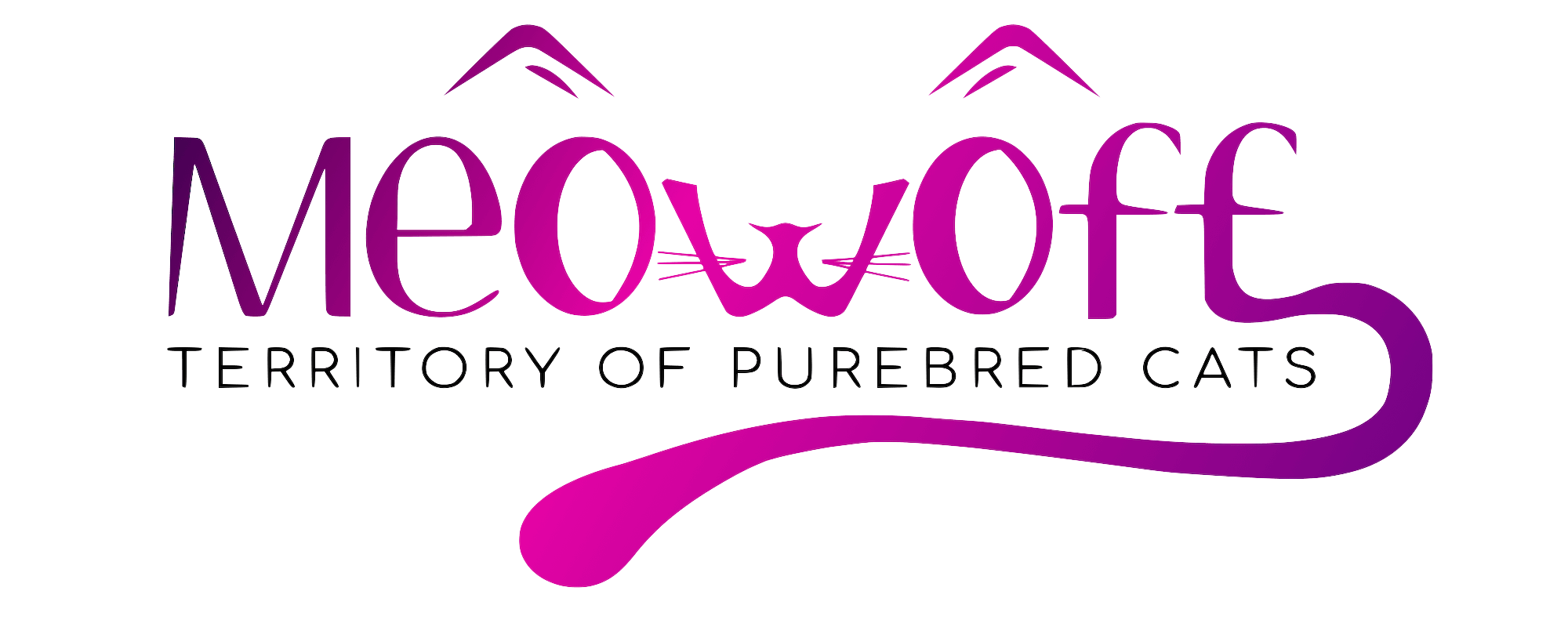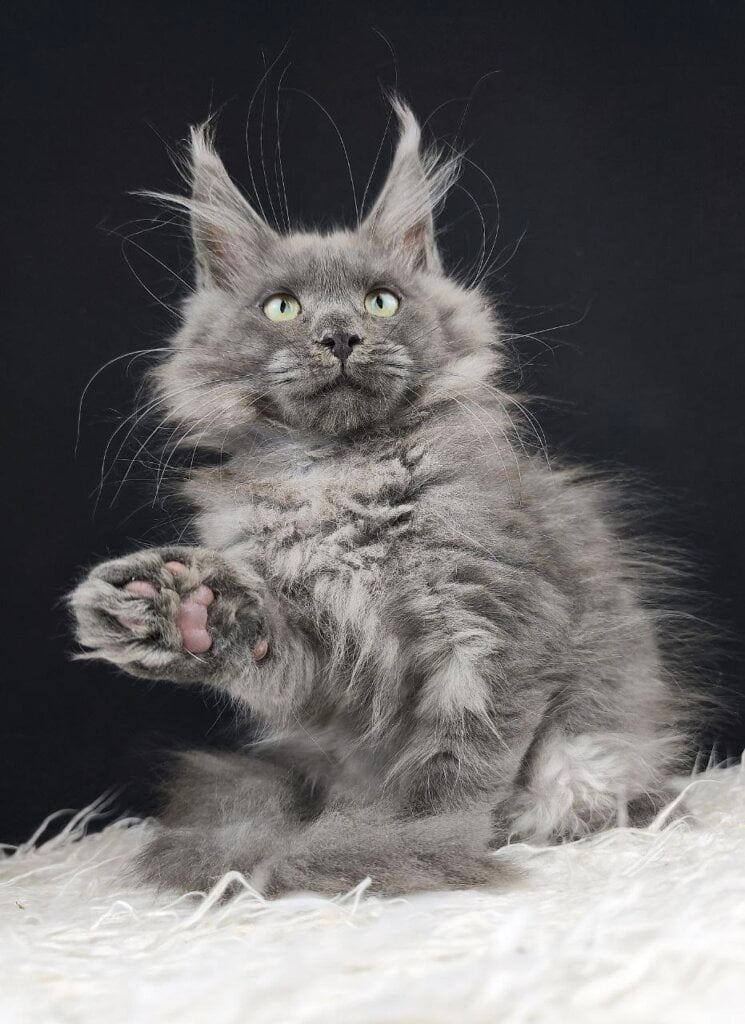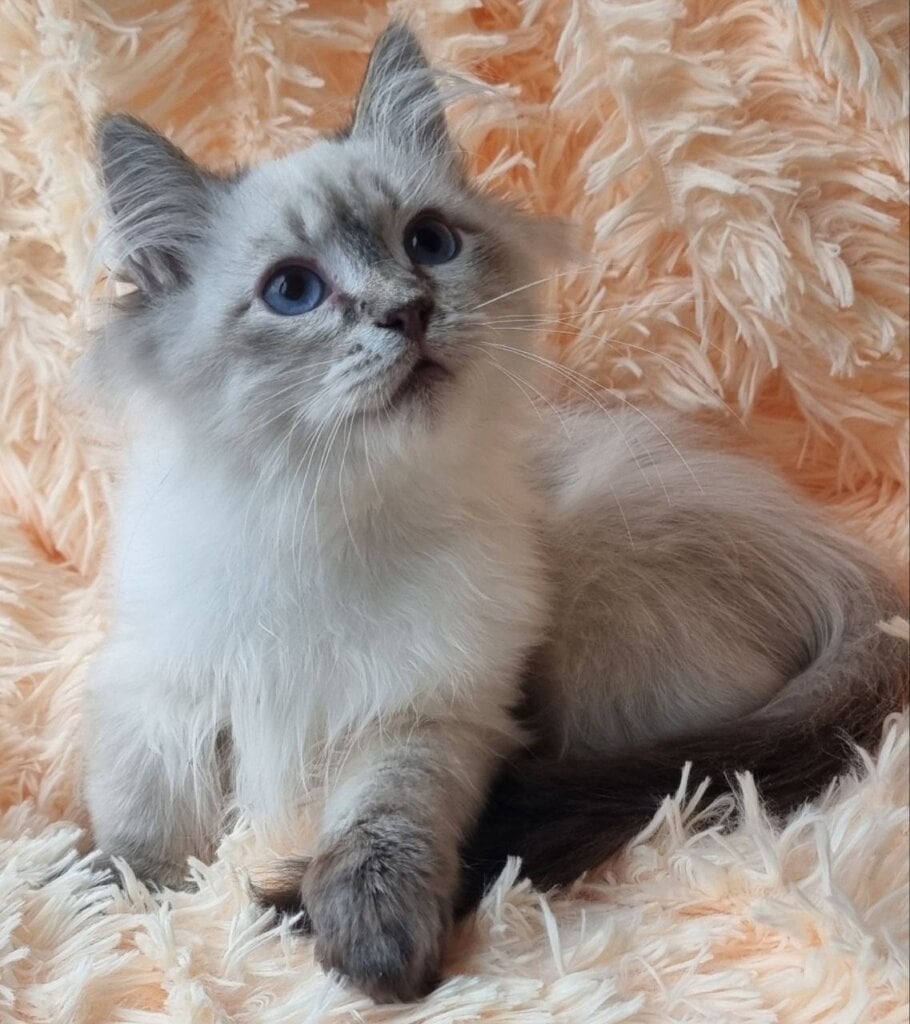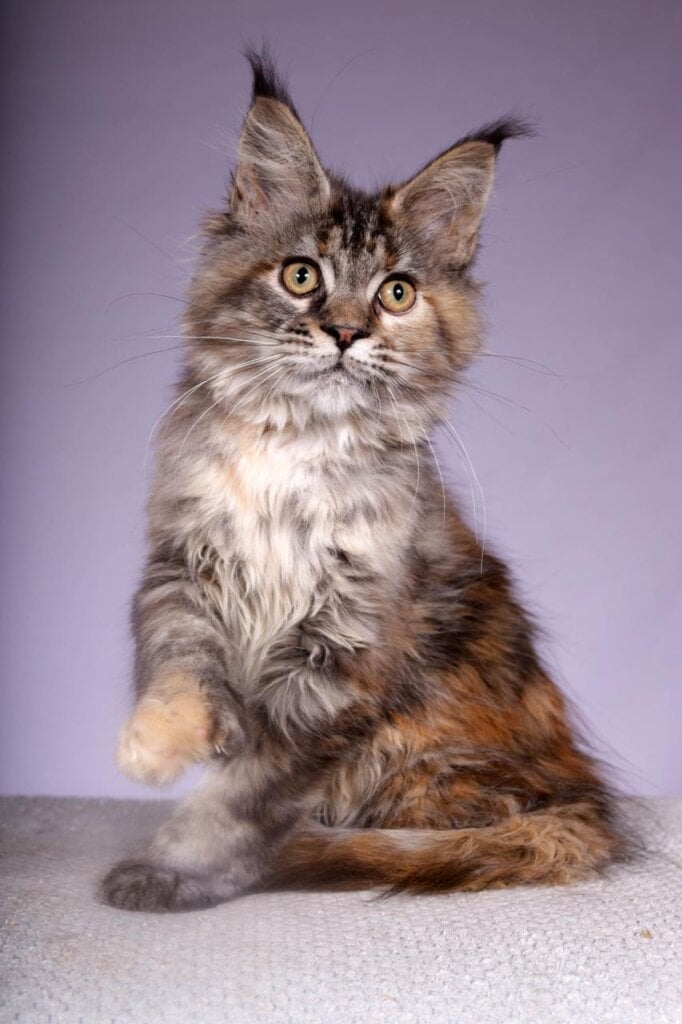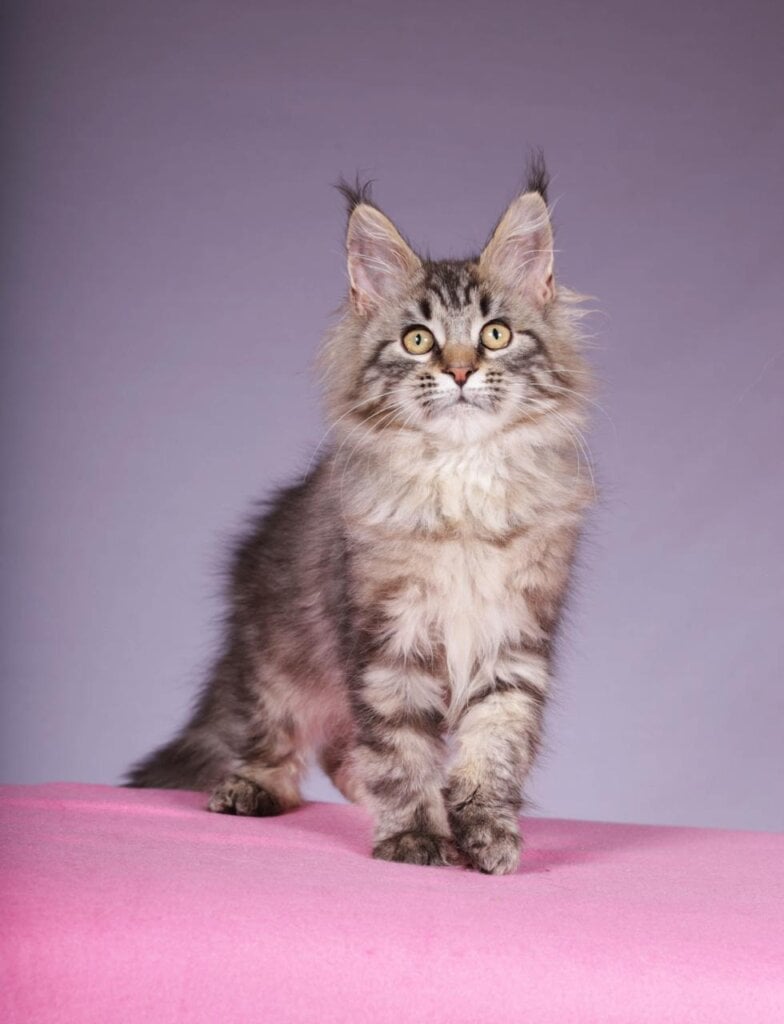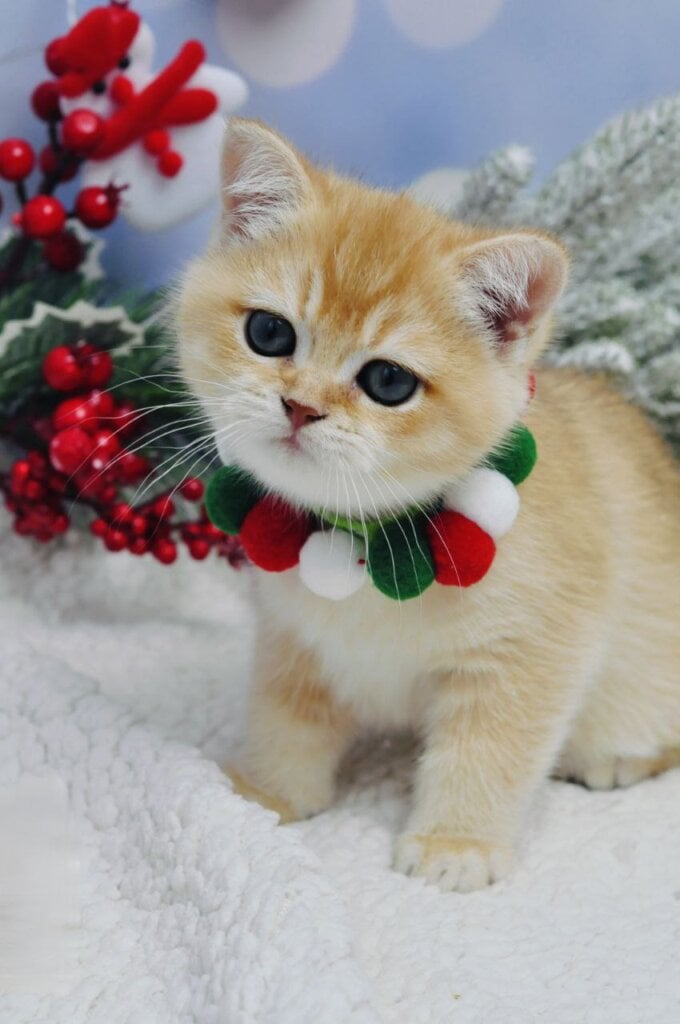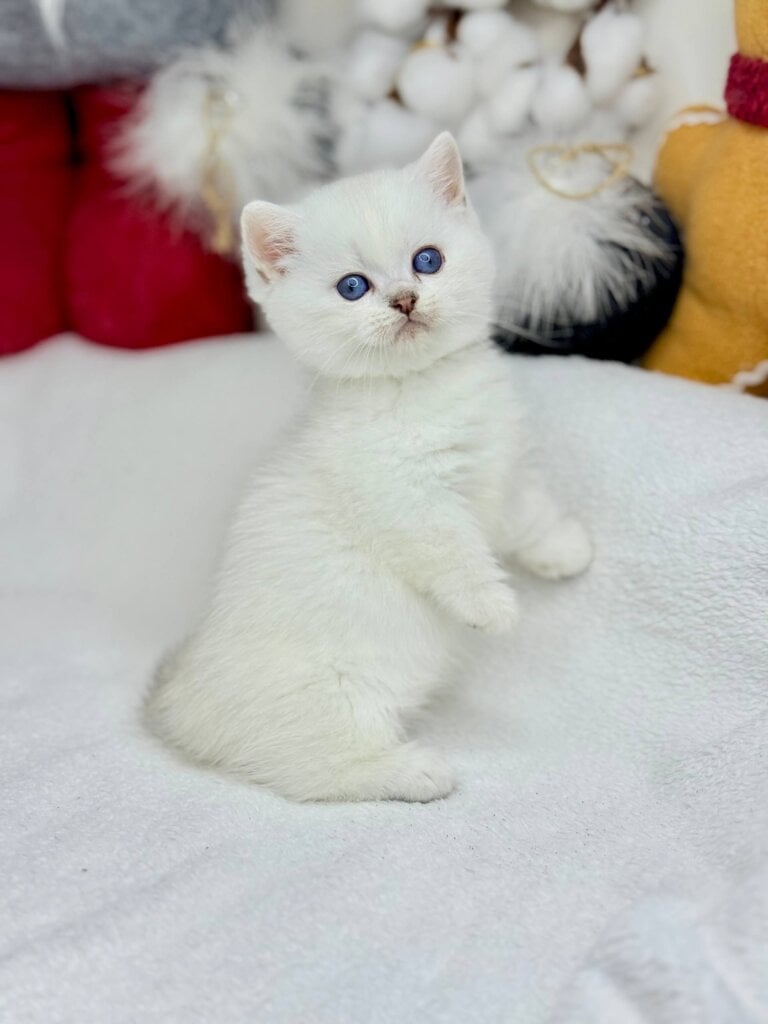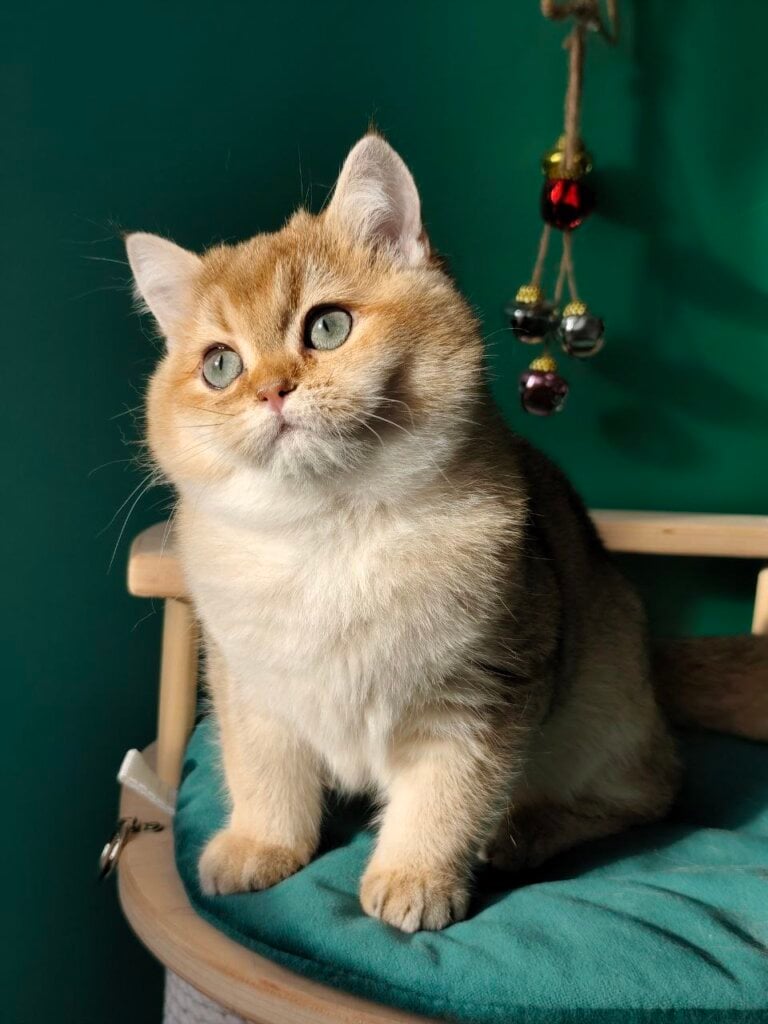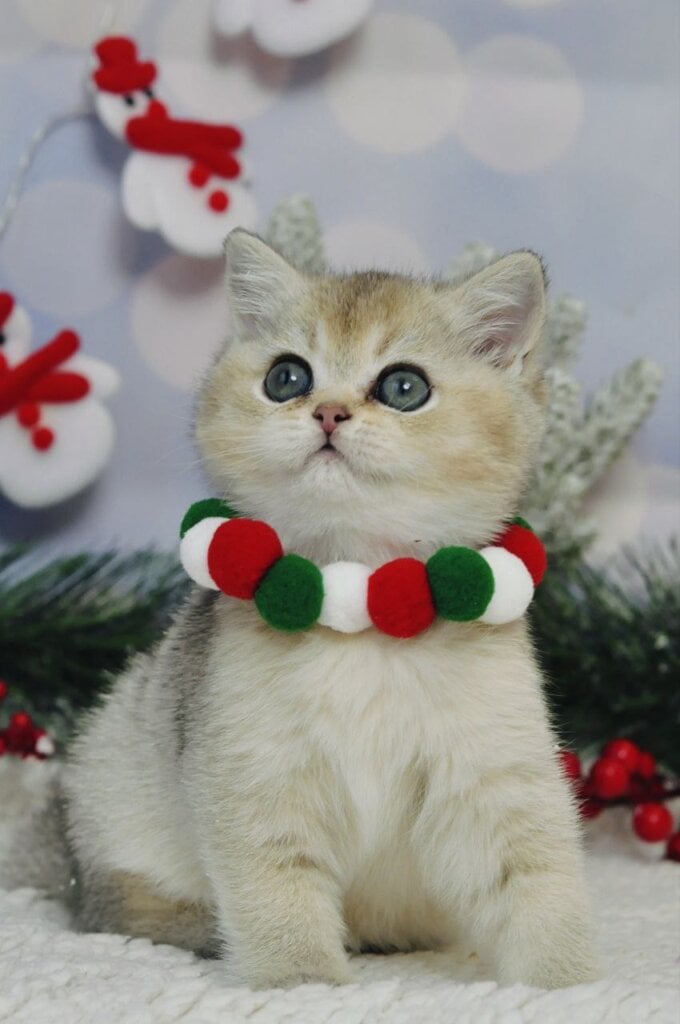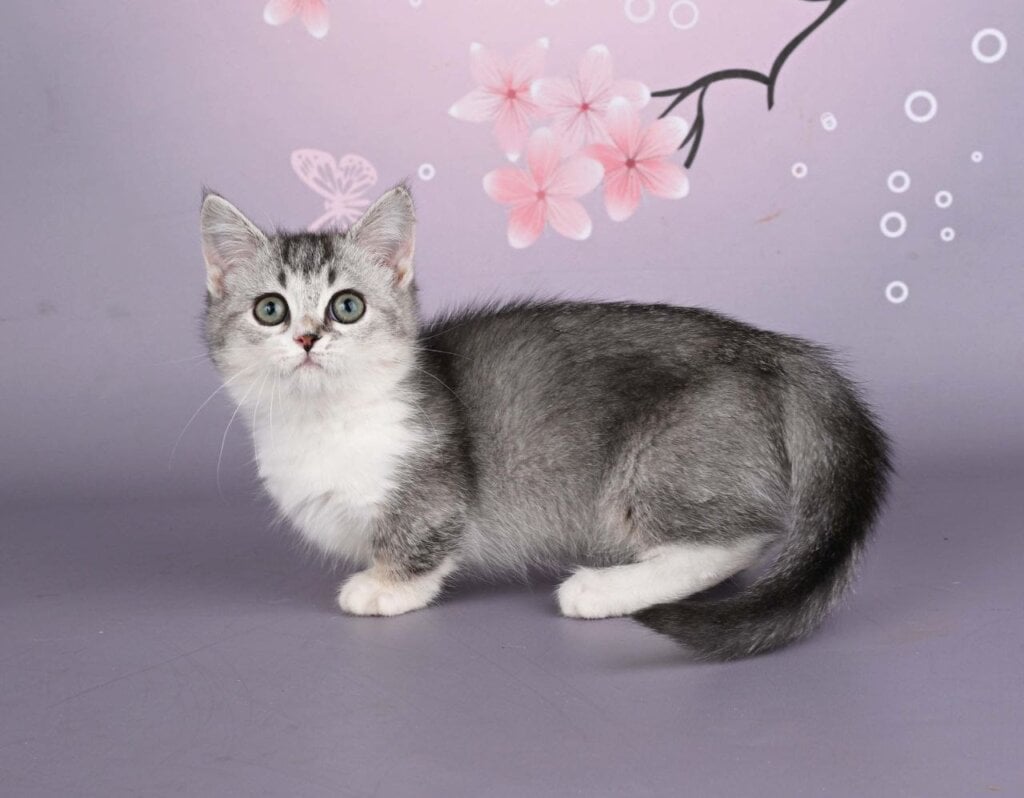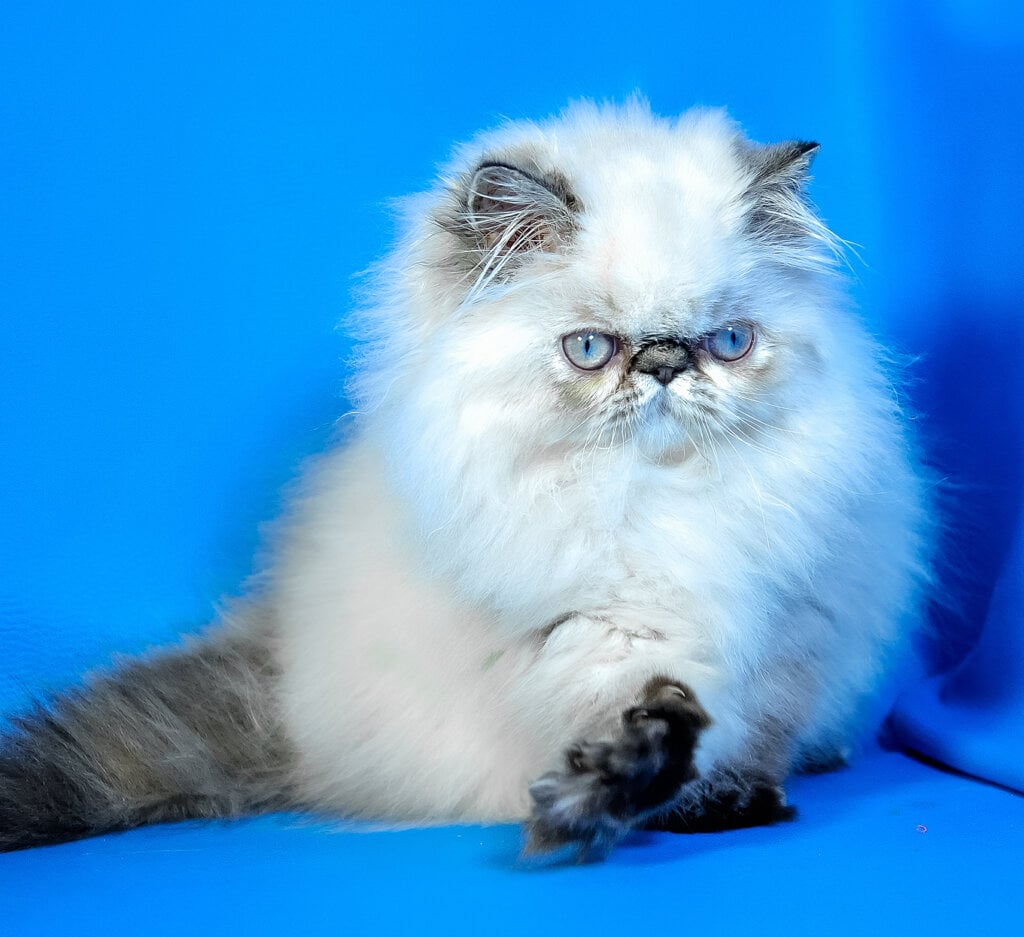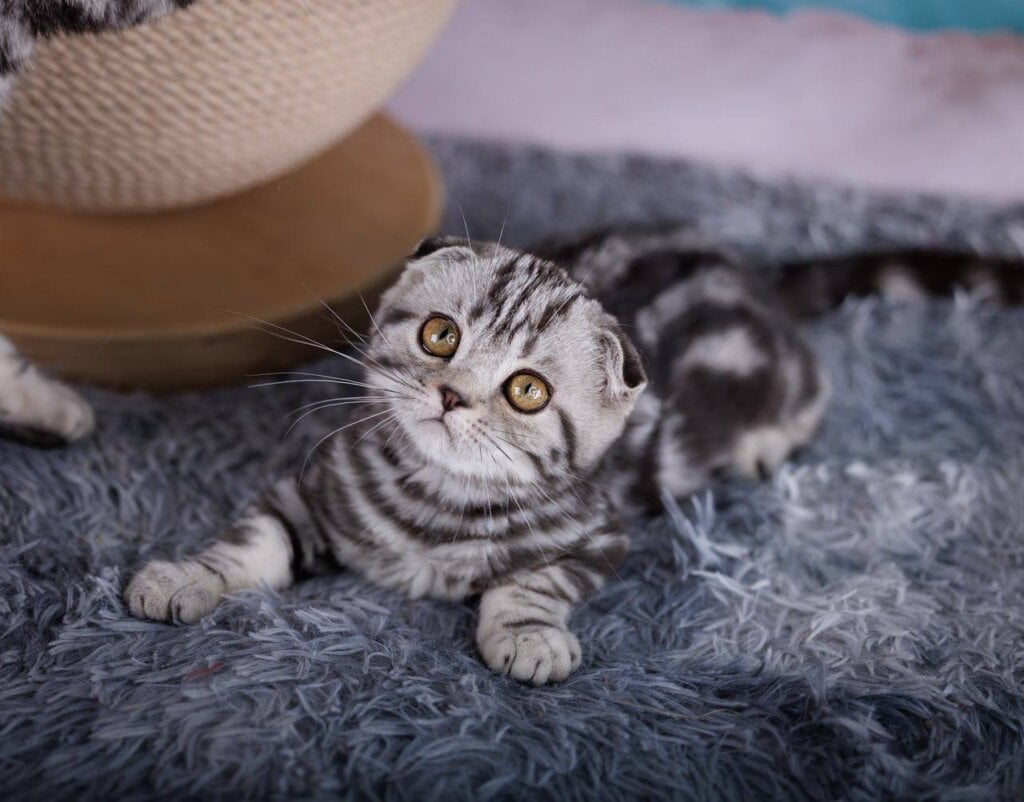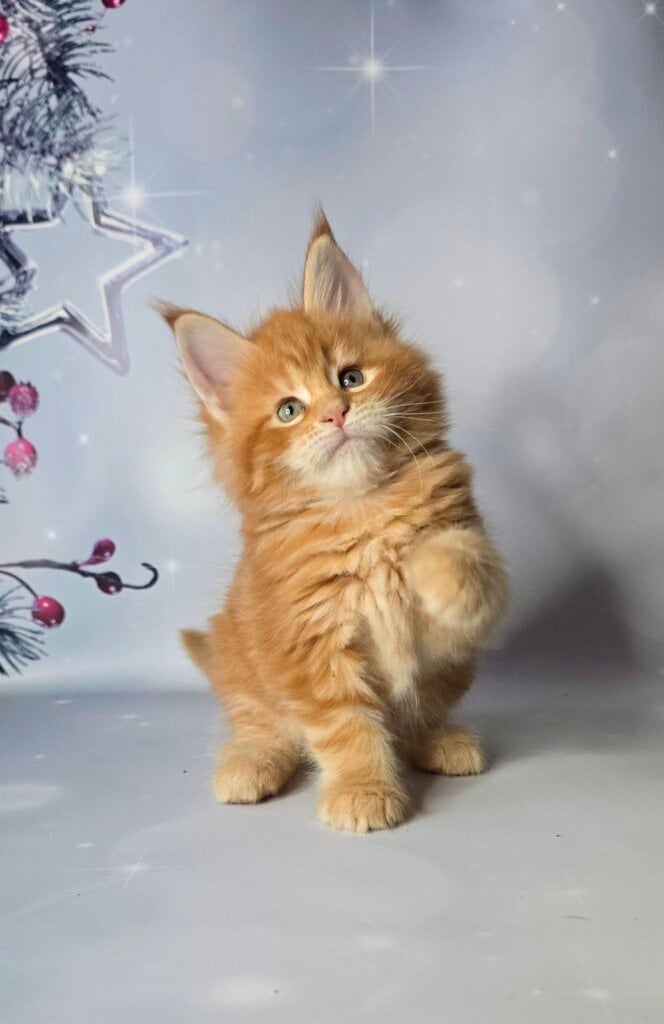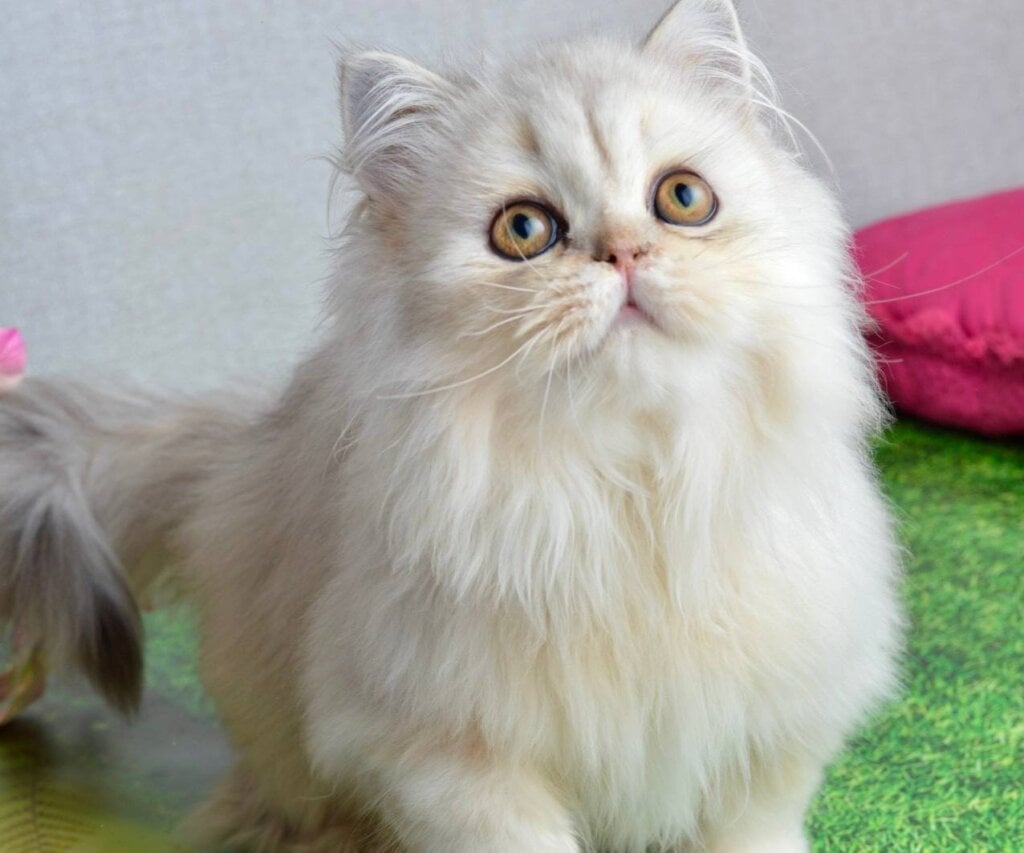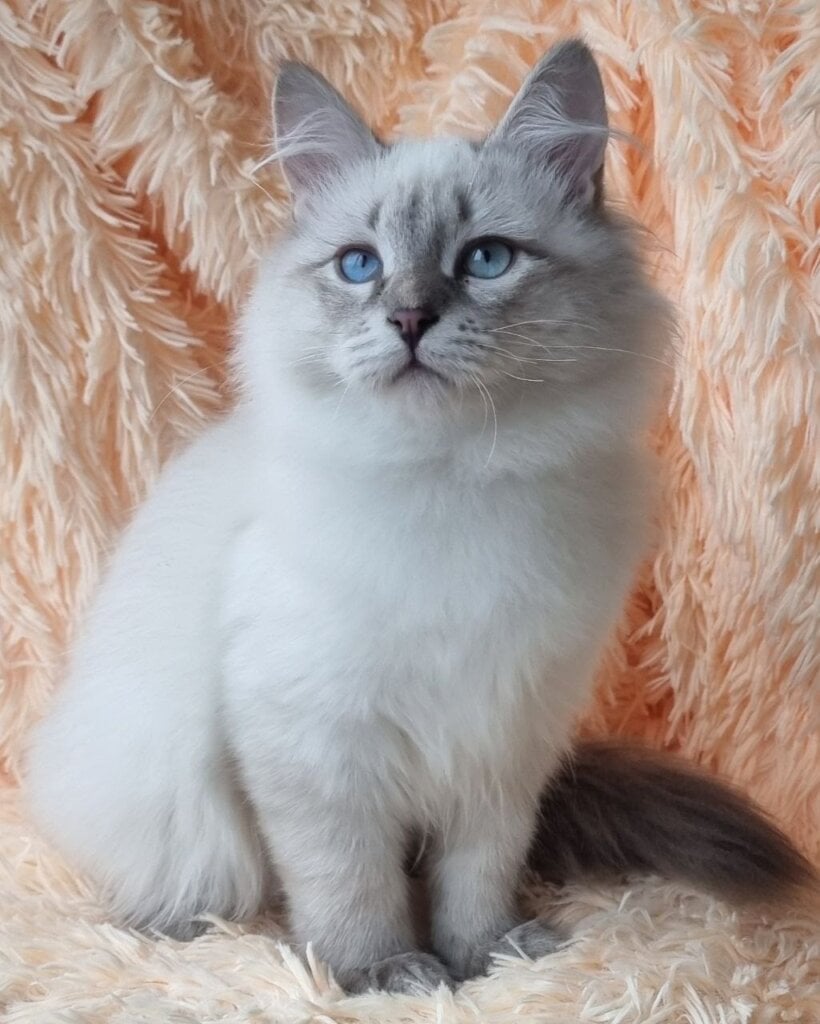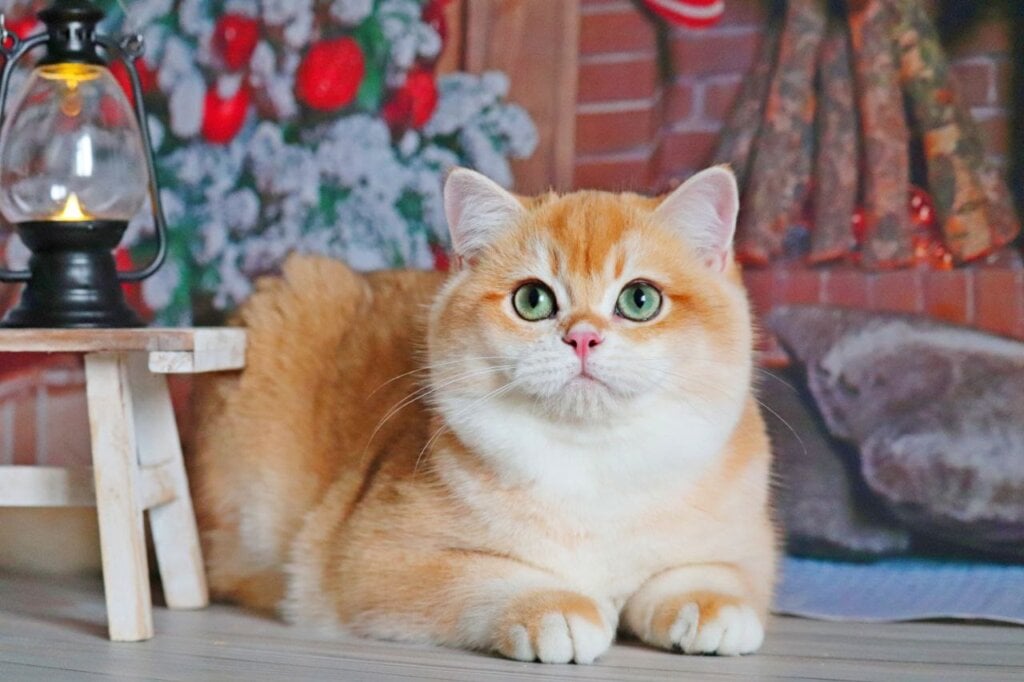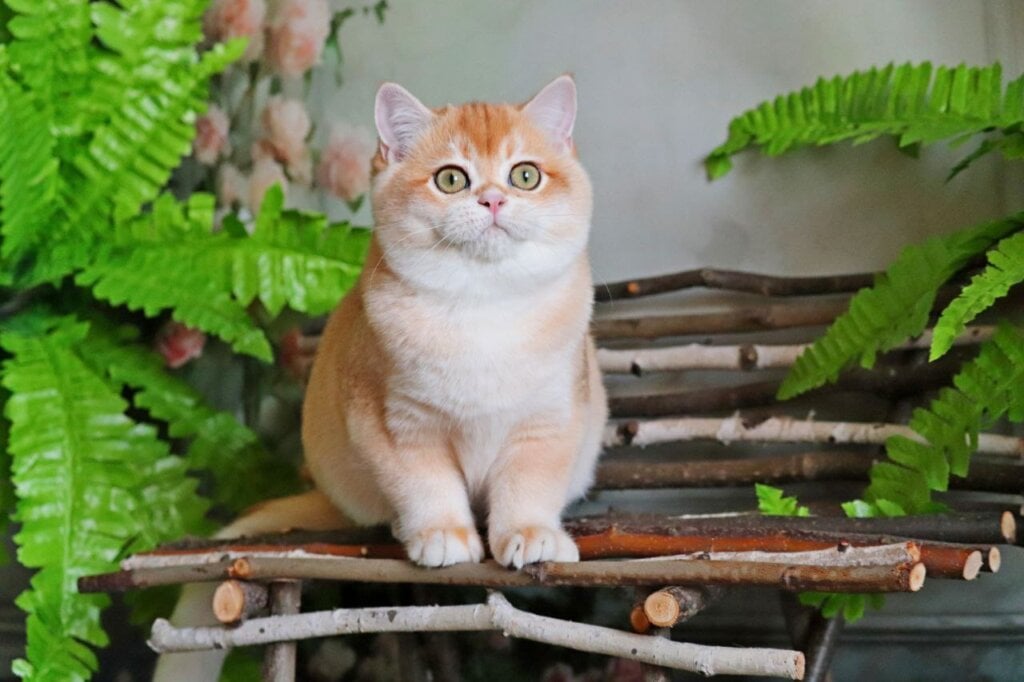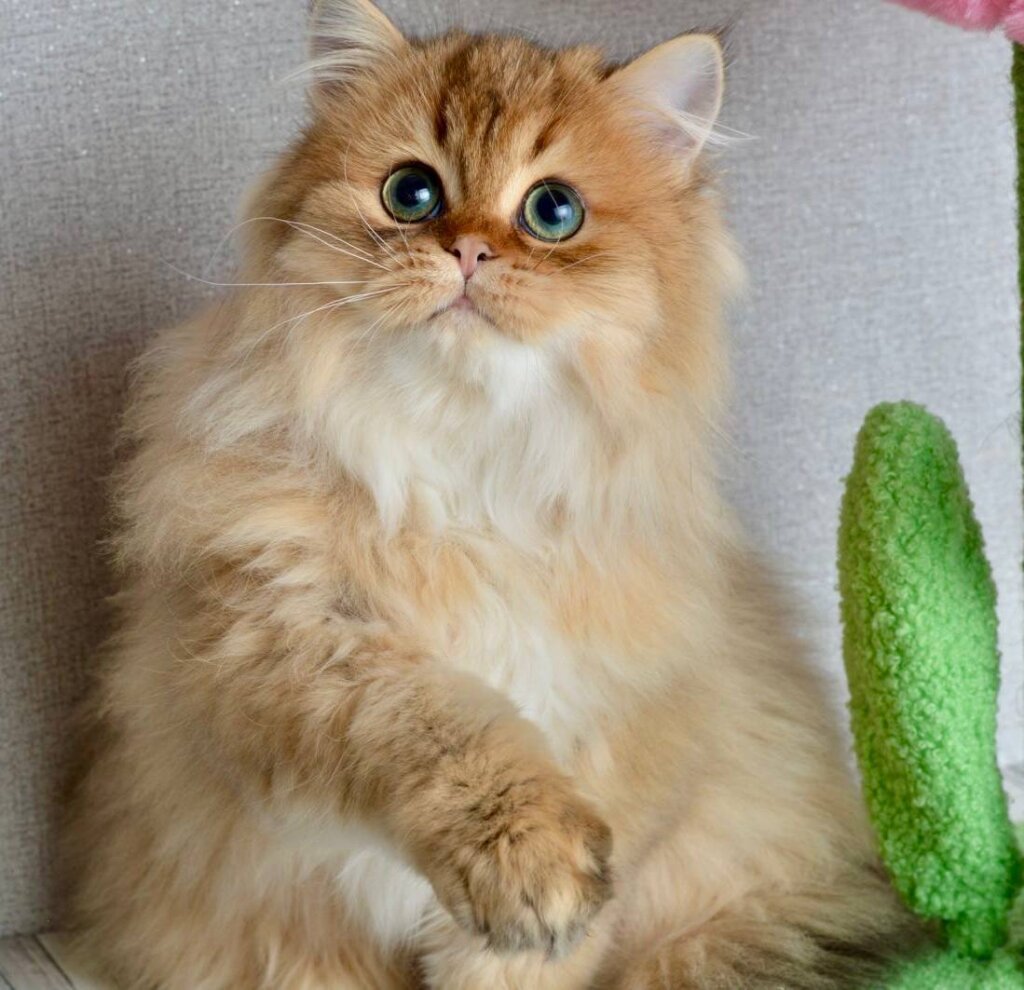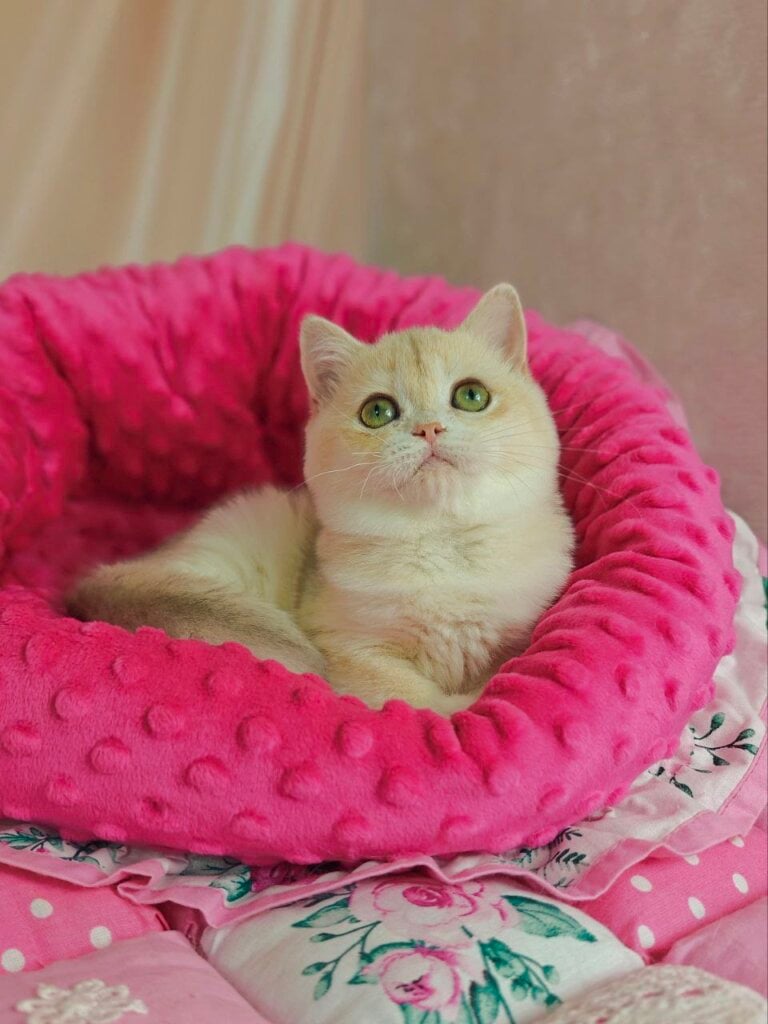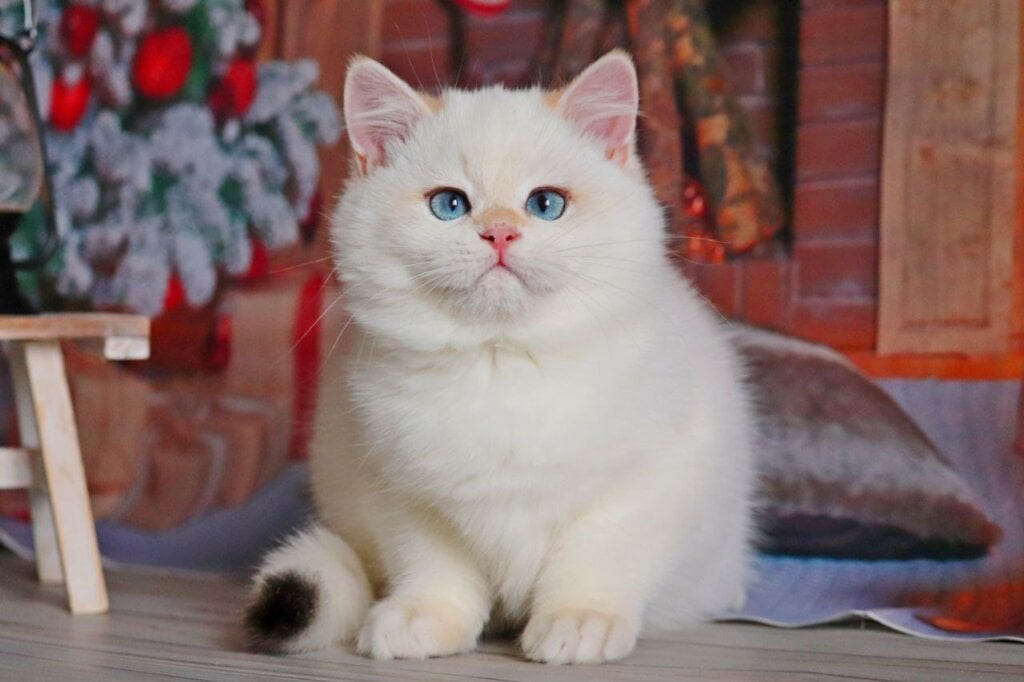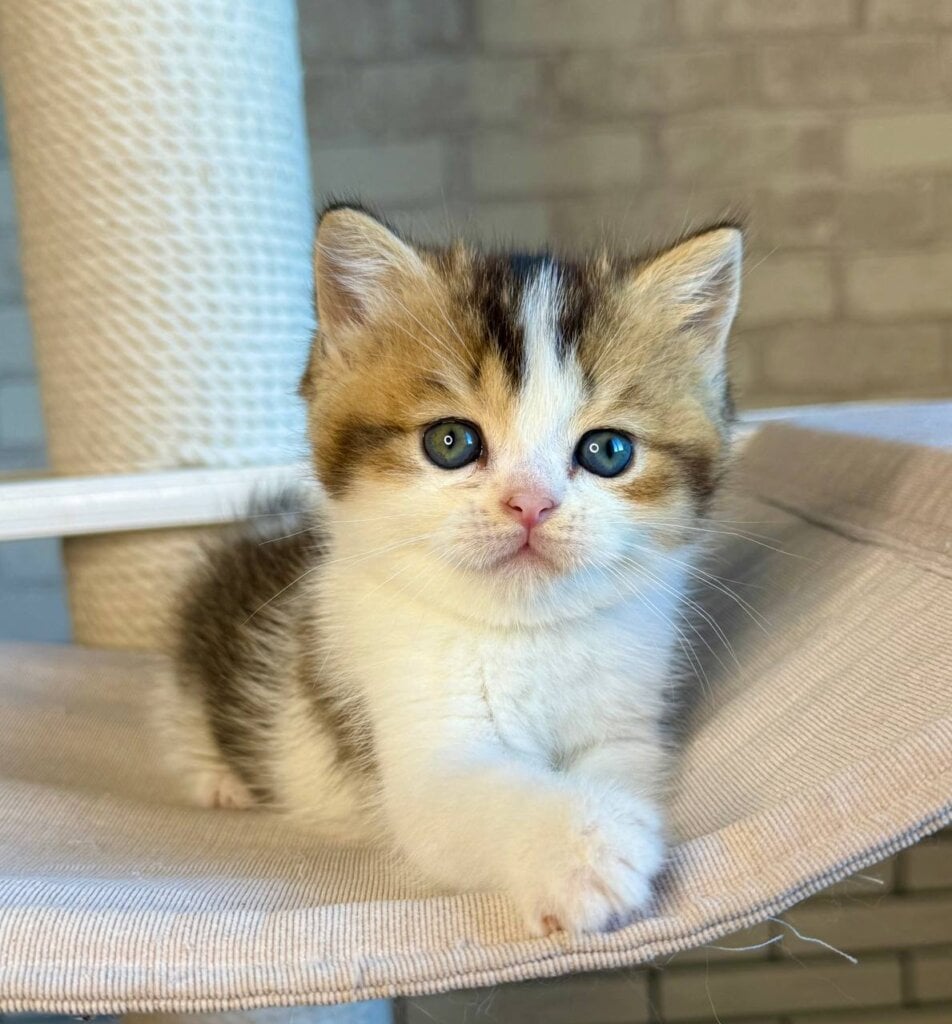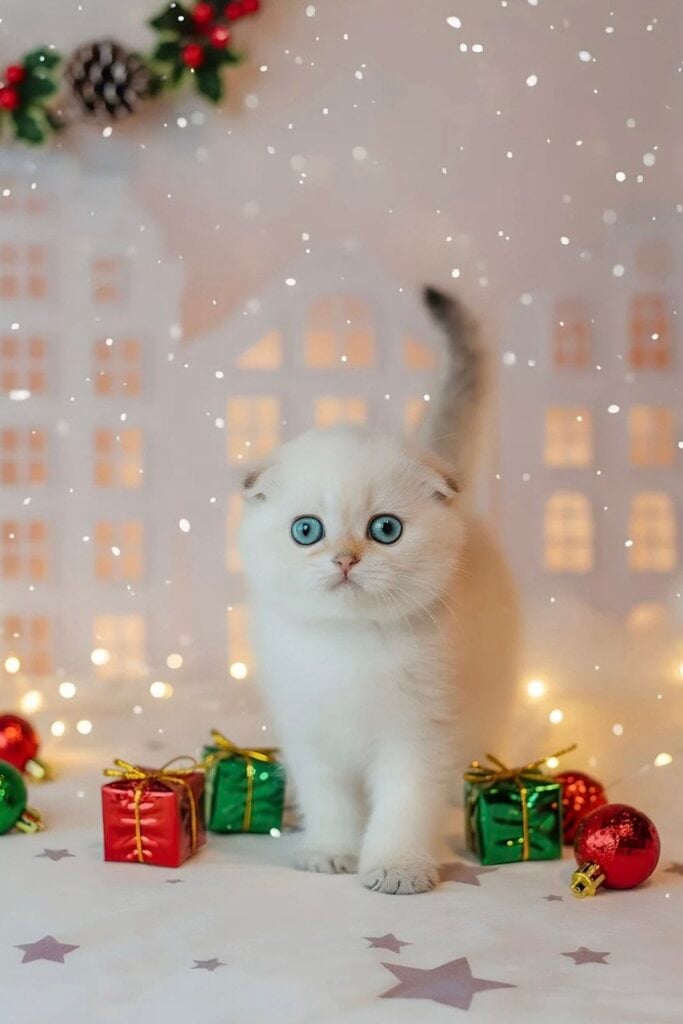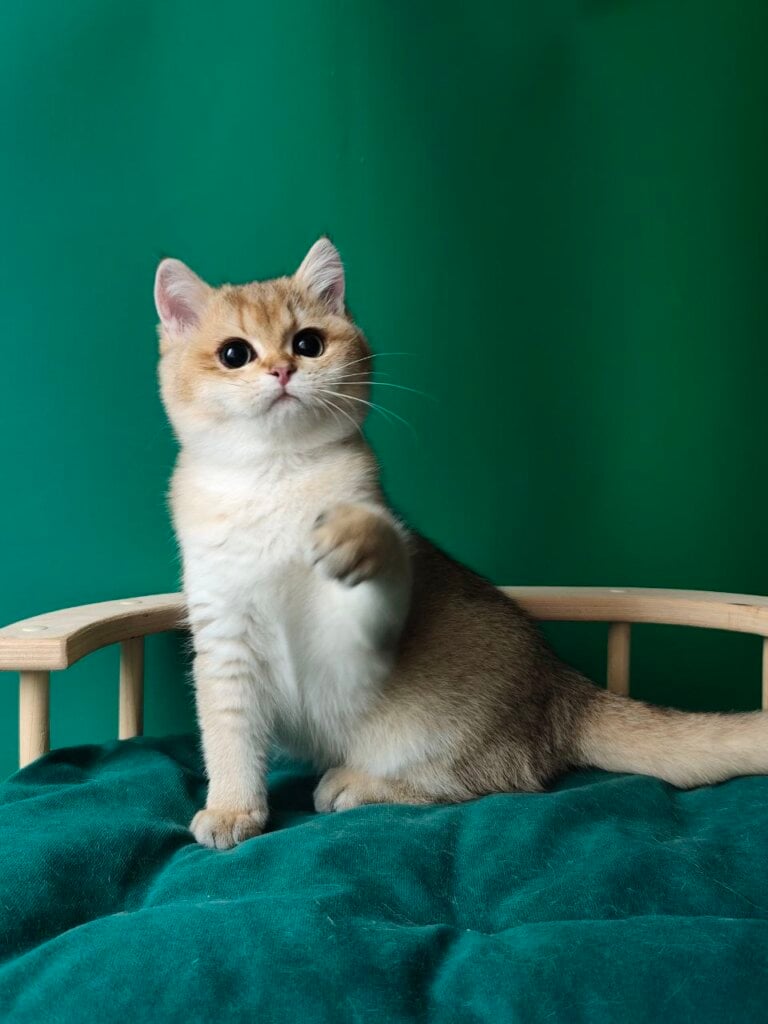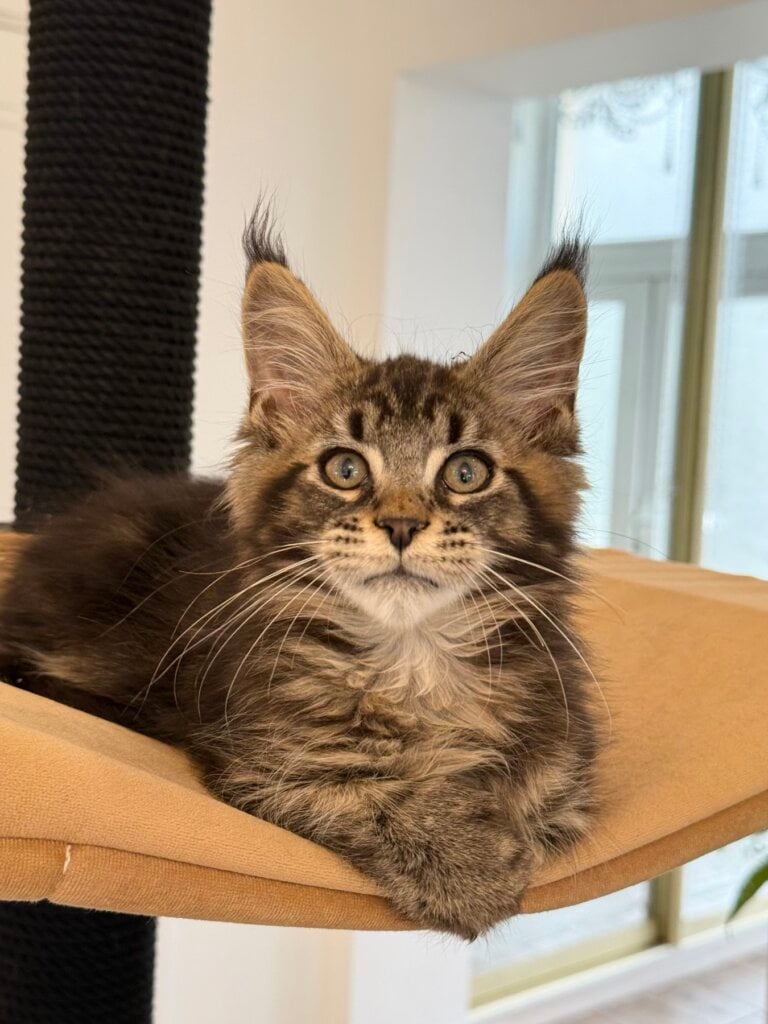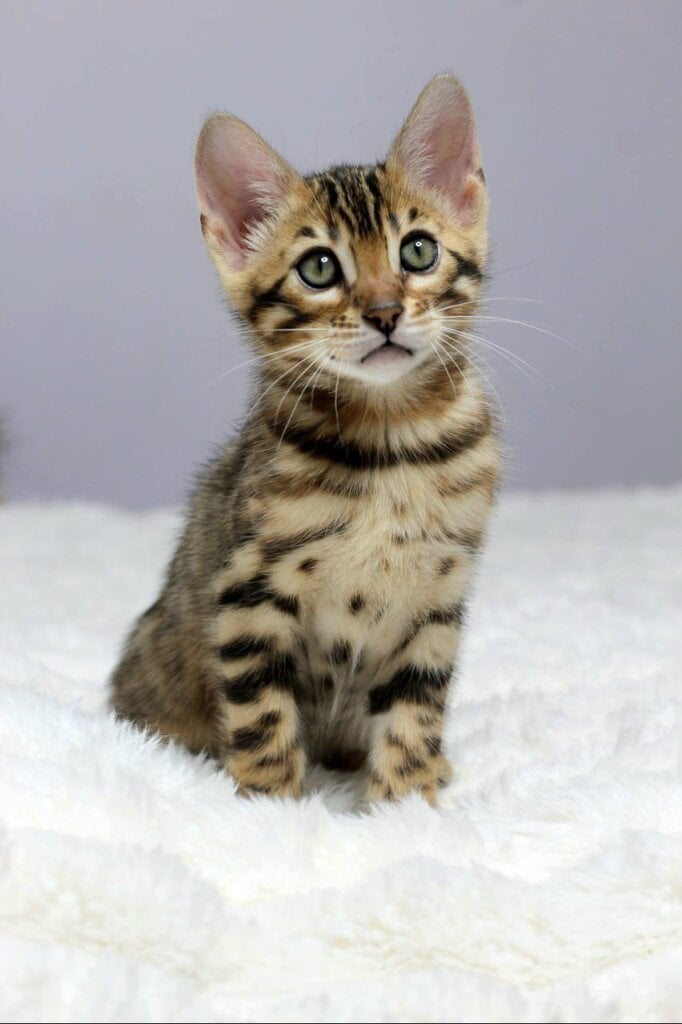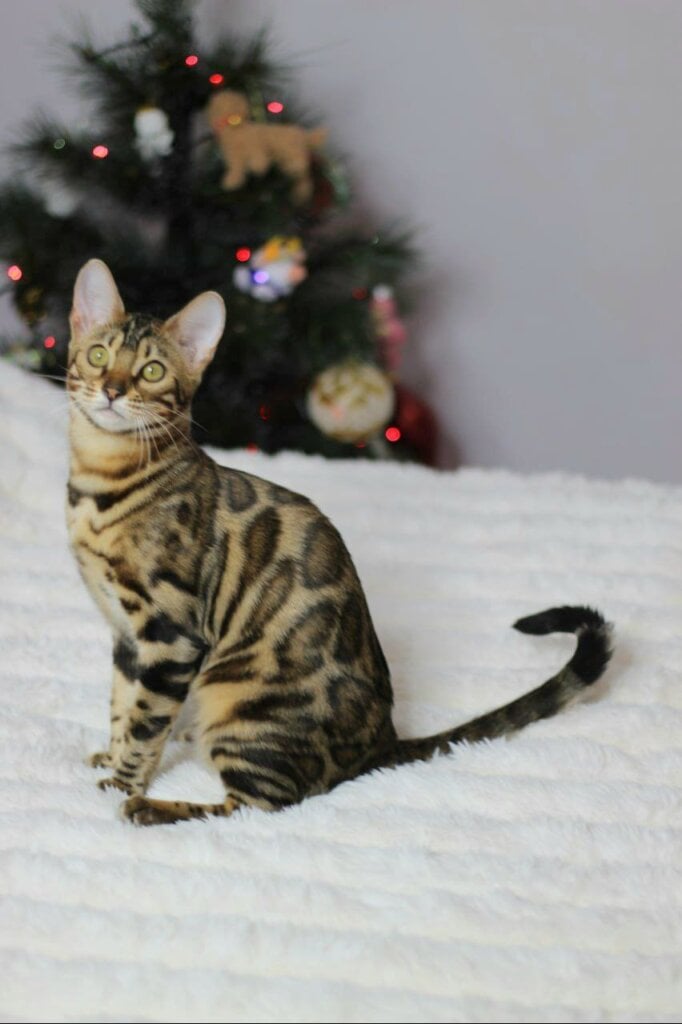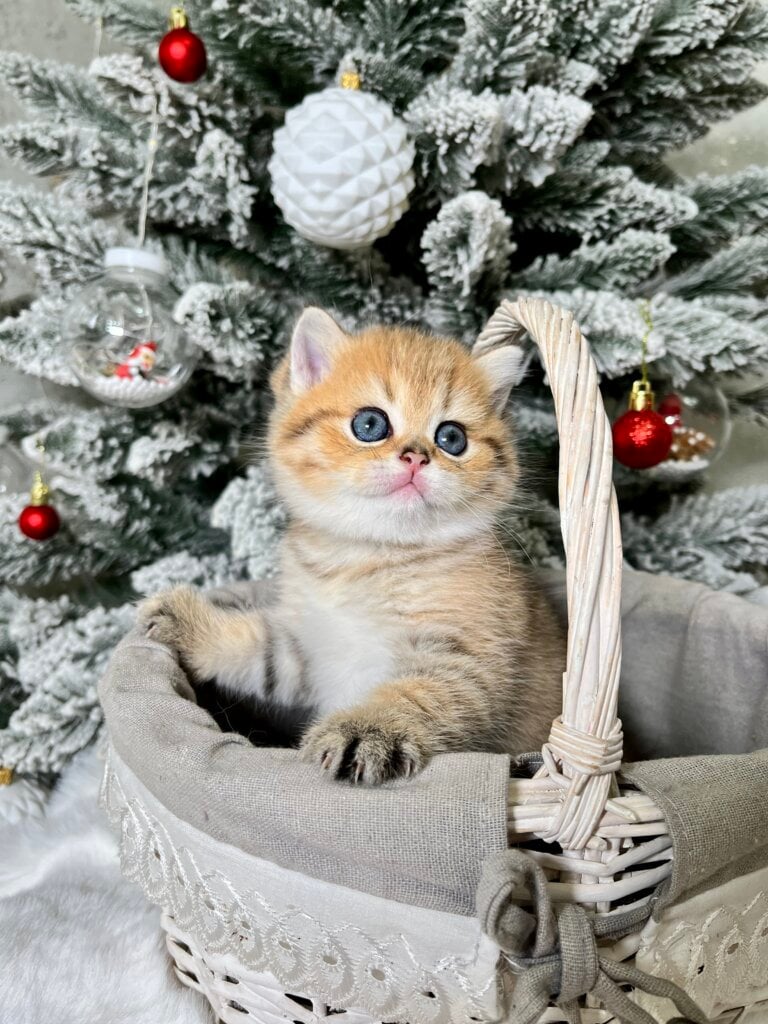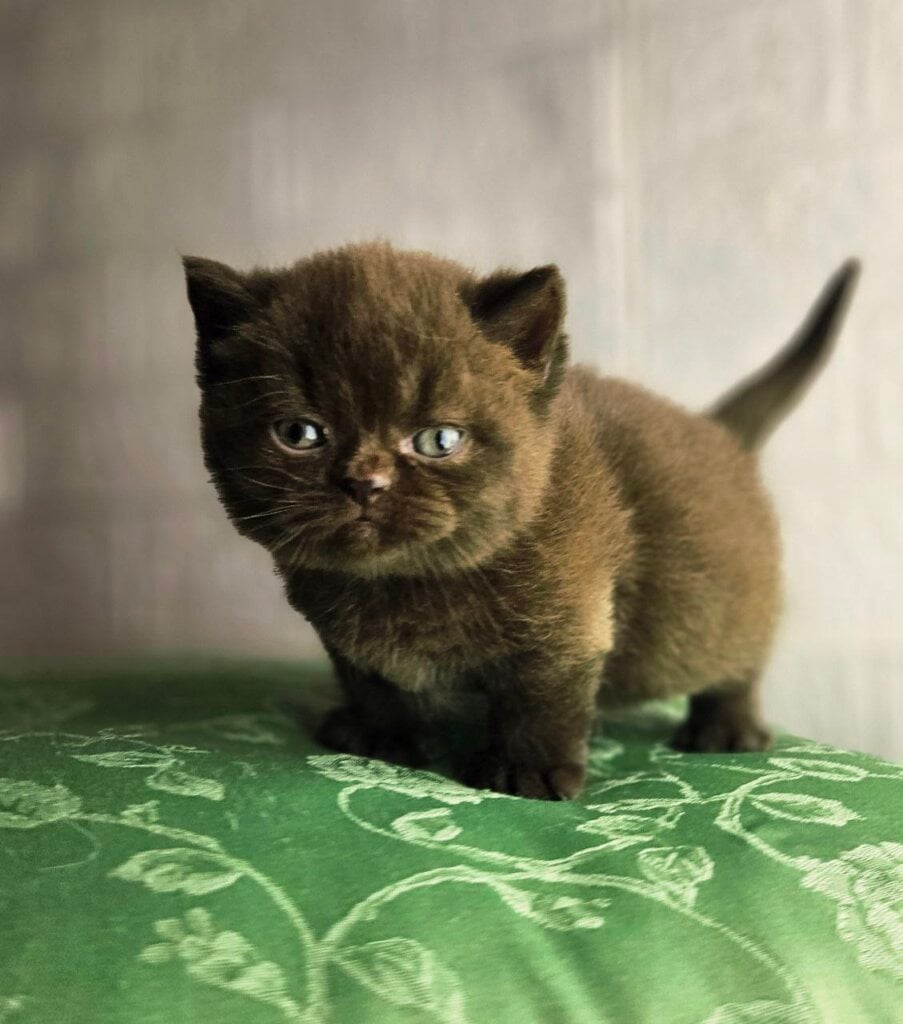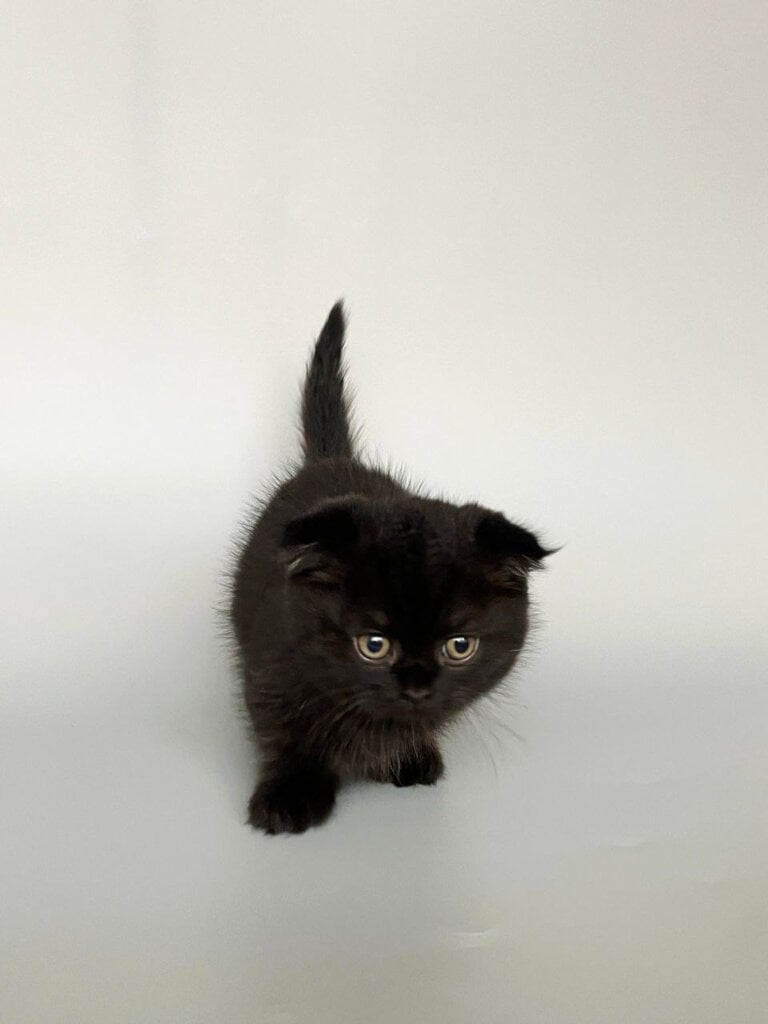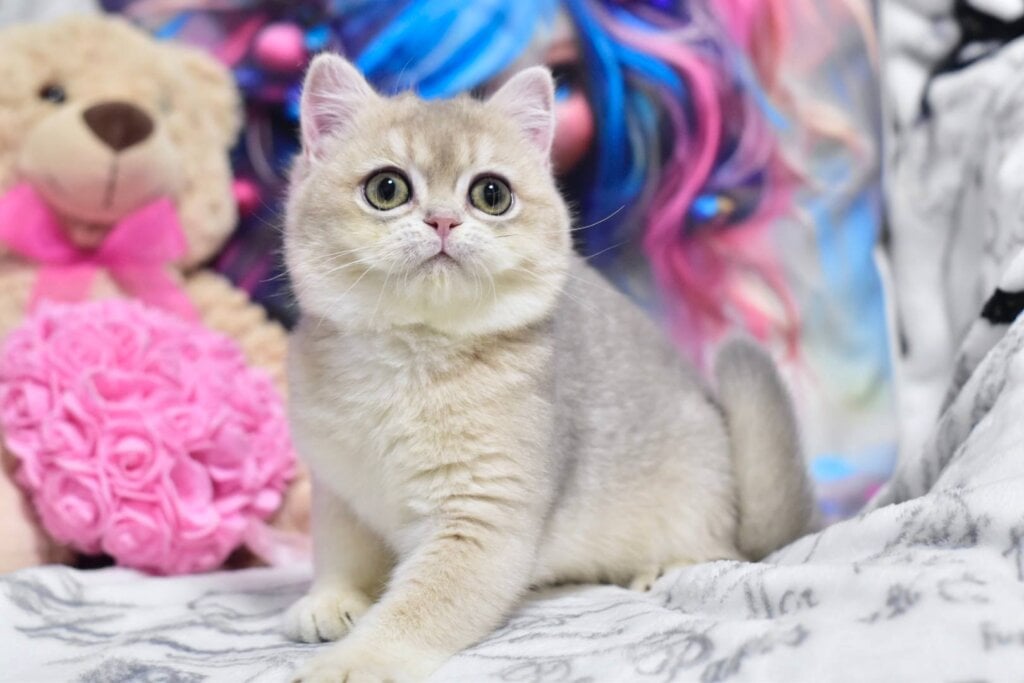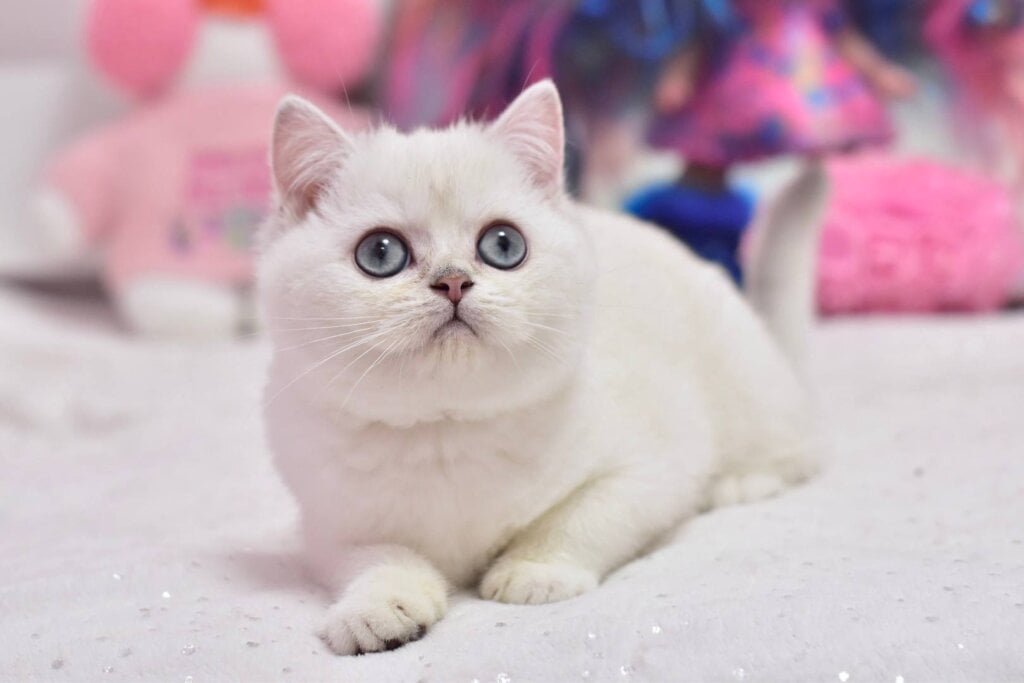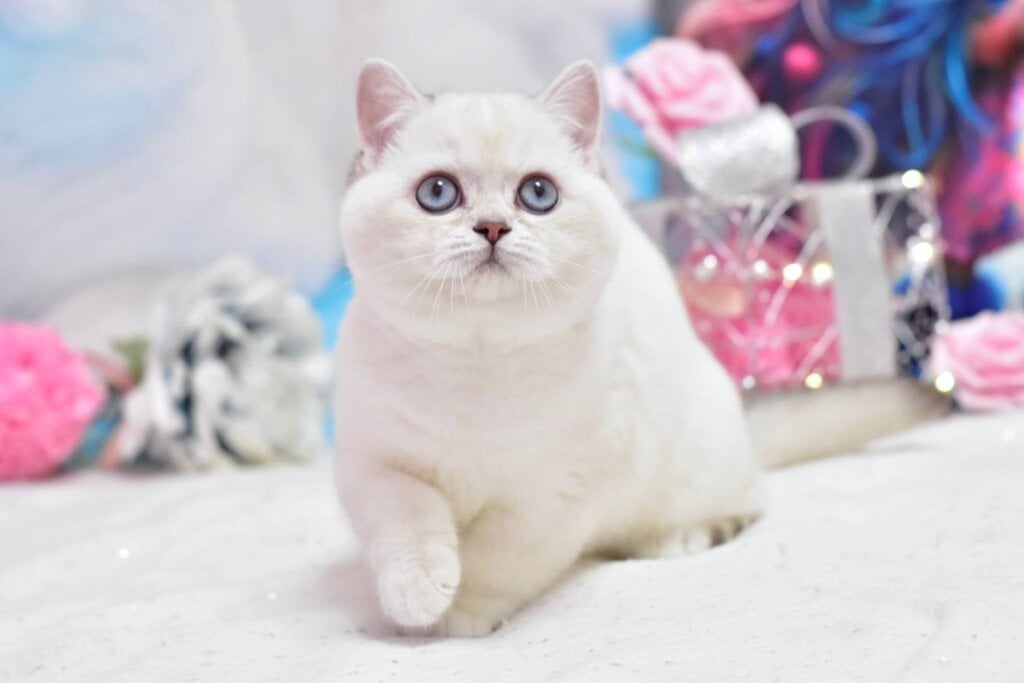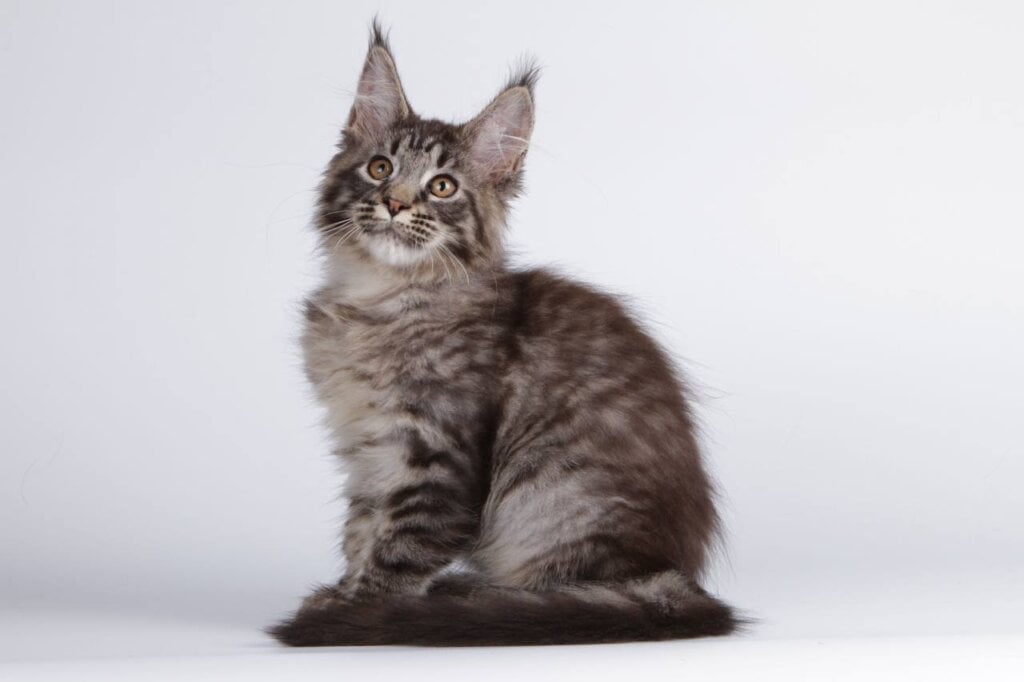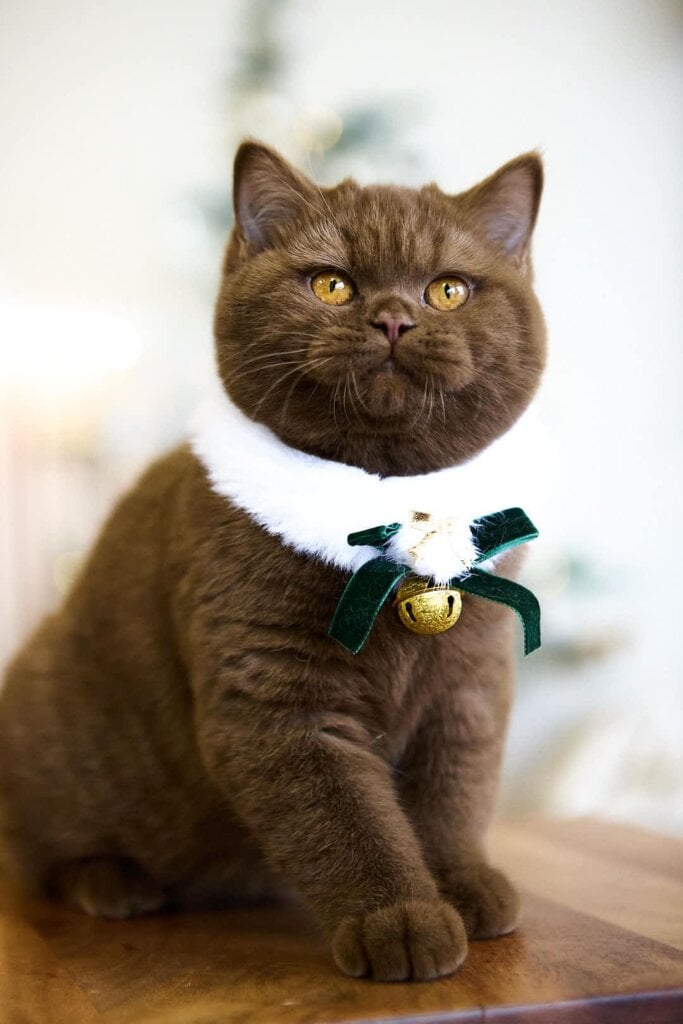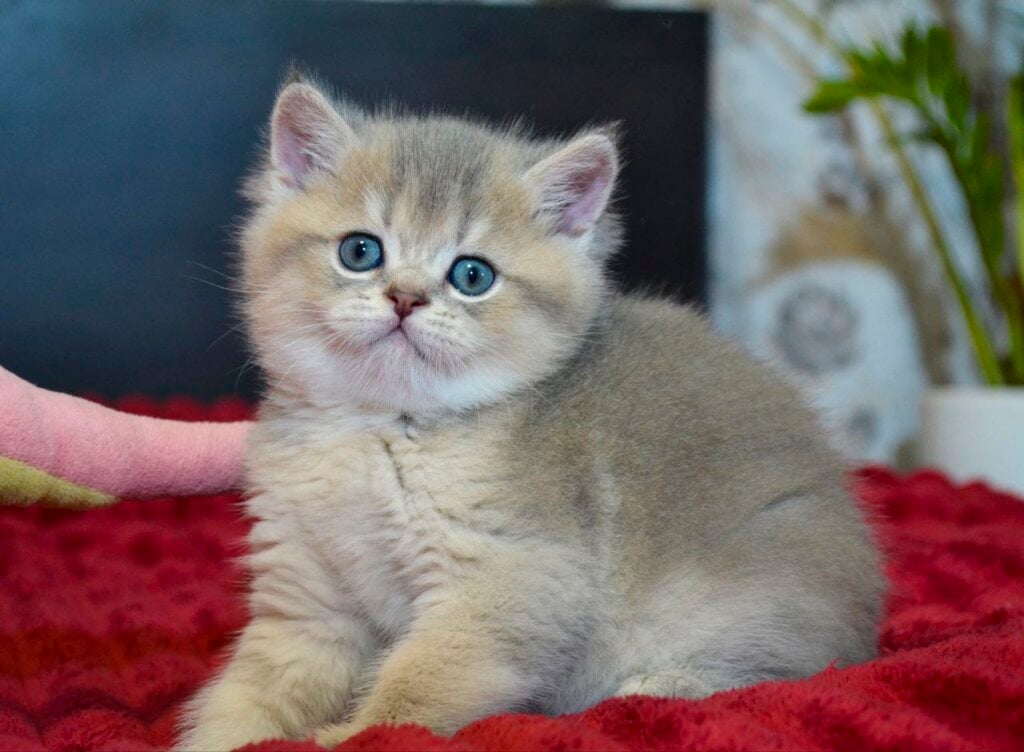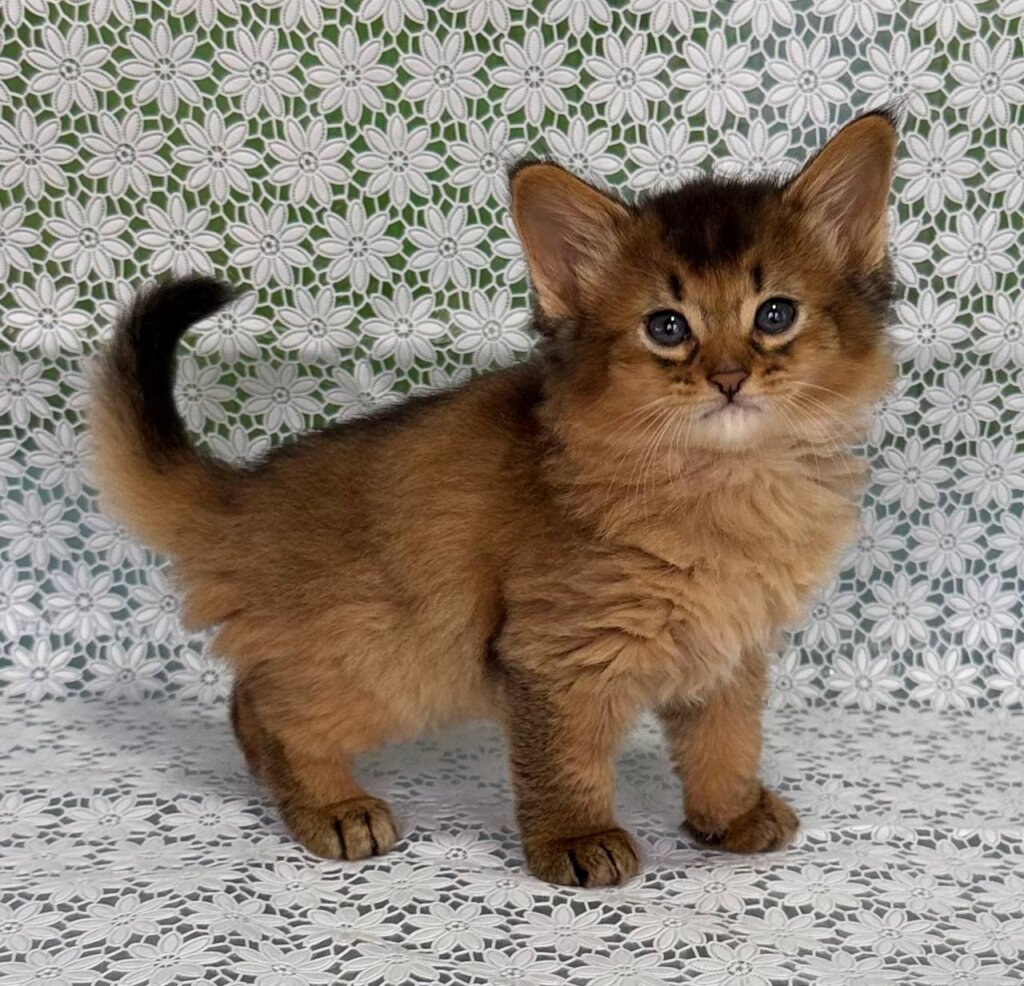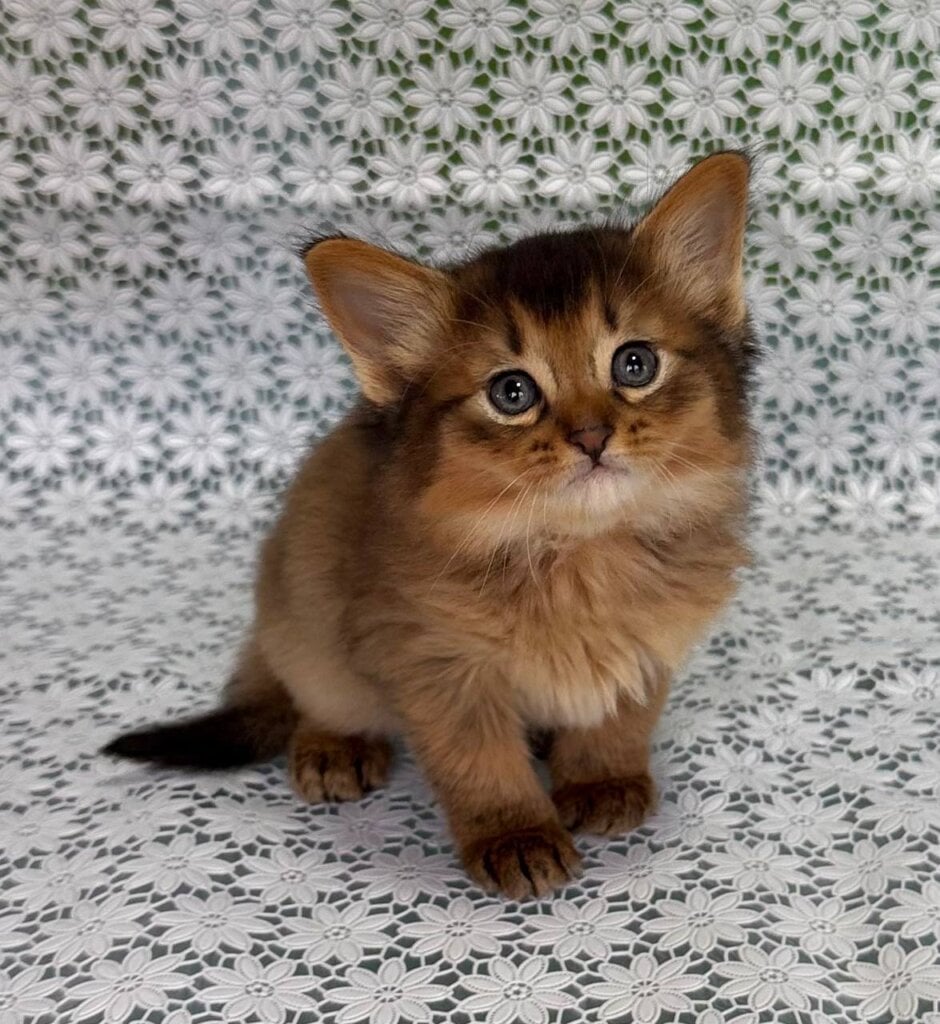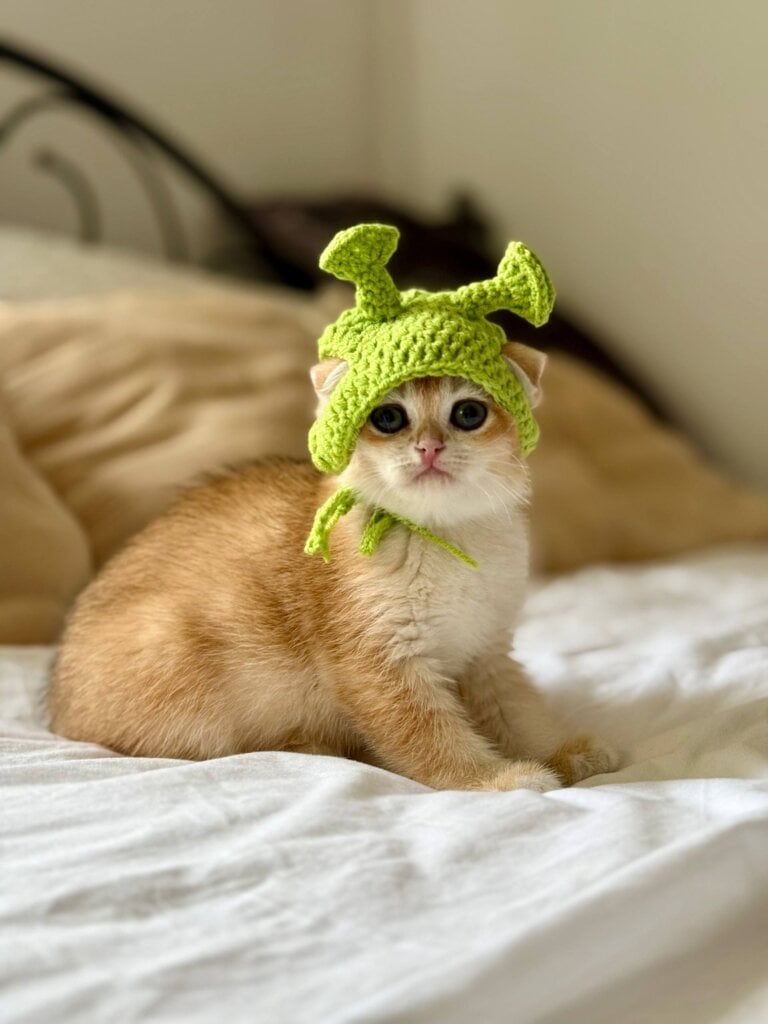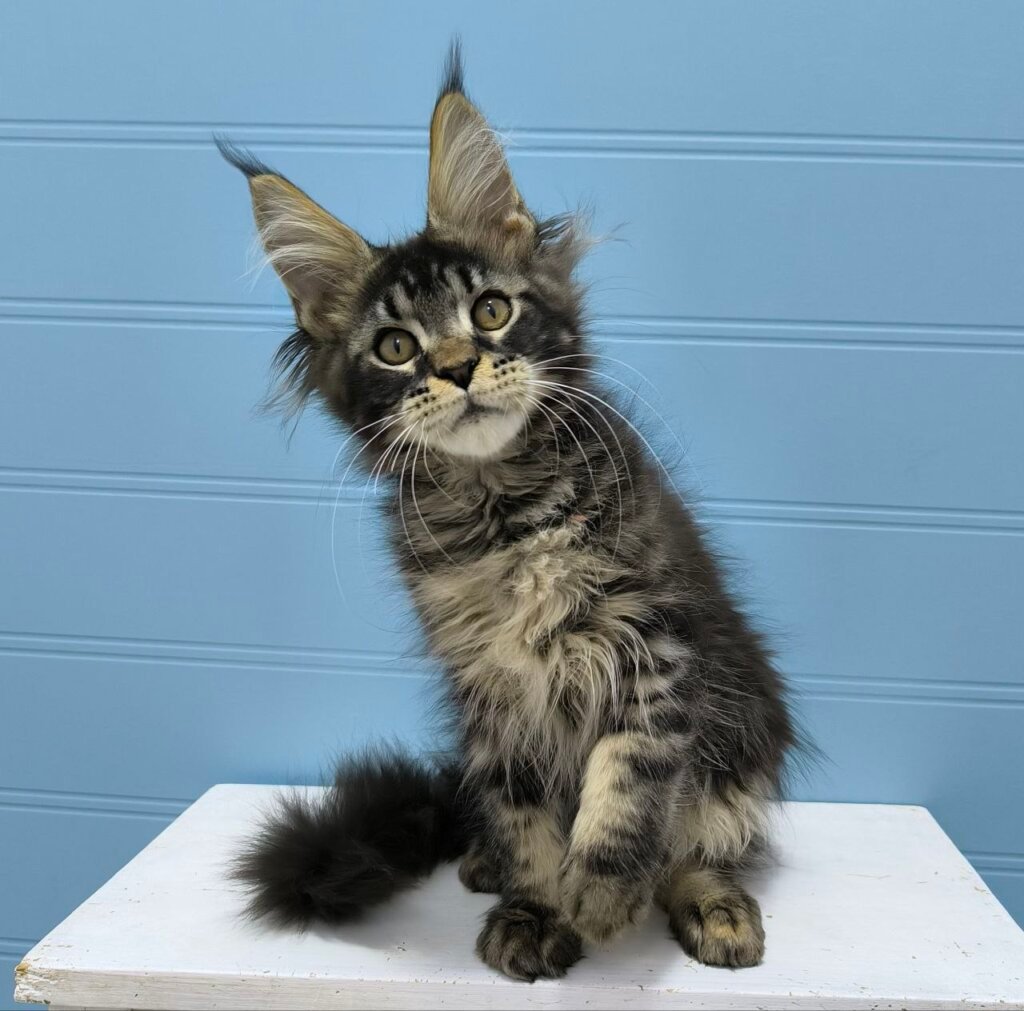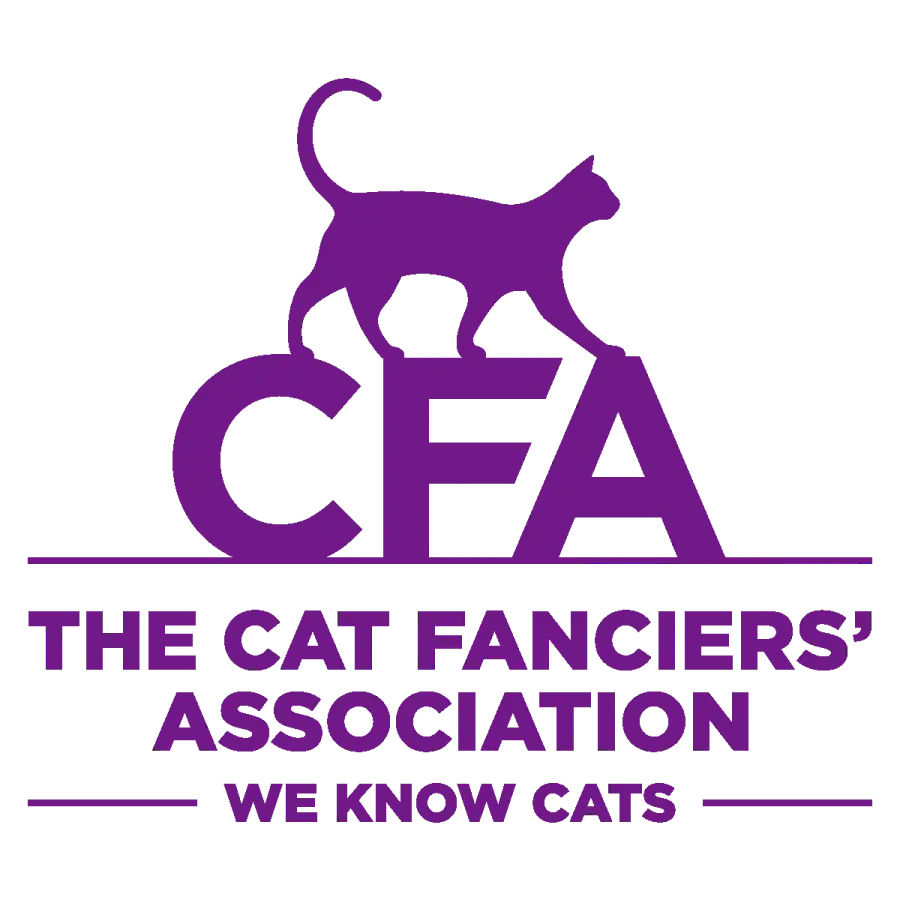So to answer how much should i feed my british shorthair cat, adult cats typically require 40-45 grams of dry food per kilo of body weight per day or around 150-200 grams of wet.
Weight, age and activity can alter these requirements. British Shorthairs tuck on the pounds, so be alert for overgrazing. Feeding the right quantity fuels their health and makes them content.
We address feeding tips in the following section in greater depth.
The British Shorthair Plate
British Shorthairs have specific nutritional requirements. With their plush coats, even temperaments and strong bones, their feed needs to provide more than just fuel. It ought to keep their muscles robust, their coats soft, and their lives extended. Smart food choices can sidestep the usual suspects such as heart disease, kidney trouble or excessive weight gain.
- Select lean animal protein as the centerpiece of each meal. Chicken, turkey and fish are excellent picks. This assists British Shorthairs in maintaining their muscle tone and being active.
- Include vital fatty acids, such as fish oil omega-3s and omega-6 from poultry fat. These maintain their plush coat sleek and shiny, and assist skin health.
- Ensure each meal provides them with the appropriate balance of vitamins (A, D, E) and minerals (calcium, phosphorus, potassium). This bolsters bone strength, immunity, and long-term organ health.
- Be mindful of portion control and calories because obesity is rampant in this breed. They require around 44–53 calories per kilogram. Modify feed as their activity shifts with aging or health requirements.
Protein Power
Protein is the foundation of a British Shorthair’s diet. Always read the label first for animal proteins-chicken, turkey, or fish, not ambiguous ‘meat by-products’. These proteins digest easily and energize their light play sessions. Quality protein keeps their muscles tight – key for a cat sculpted on solid lines and a round face.
Their diet needs to provide a complete amino acid profile. This is critical for kittens, who require every building block for growth; it’s equally important for adults as well. British Shorthairs who receive sufficient, quality protein remain spar and active well into their senior years.
Some cats can be food sensitive, so if you observe skin issues or stomach irritation, consult your vet about changing to a new protein.
Essential Fats
Fats do a lot more than make things taste good. They are essential for brain health and provide your British Shorthair with sustained energy. Omega-3 and 6, from fish oil and chicken fat, keep that plush coat shiny and skin flake-free. If you see lackluster fur or dry skin, keep an eye out for these healthy fats in their chow.
Don’t go crazy! Excess fat, on the other hand, will soon cause British Shorthairs to pack on the pounds – they’re a bit lazy compared to some breeds. Offset fats with protein and carbs for a balanced meal. If you’re unsure, your vet can help you hit the sweet spot.
Vital Nutrients
Vitamins A, D, and E are not optional-they’re crucial. Vitamin A keeps eyes sharp and skin healthy, D is the key for strong bones, and E helps the immune system fend off bugs. British Shorthairs require calcium and phosphorus for bone and dental health, particularly as they grow older.
Fiber has a minor yet crucial part. It aids in pushing hairballs through their system, which is crucial for a breed with such a thick coat that requires brushing once a week. Cats sometimes require extra supplements if their diet isn’t complete, but only introduce these once cleared by your vet.
Dietary Considerations
Beware of those pounds. Weigh food and your cat weekly on a kitchen scale.
Brush that dense coat once a week to reduce shedding.
Make sure you play with your cat every day for 15–20 minutes to maintain a healthy weight.
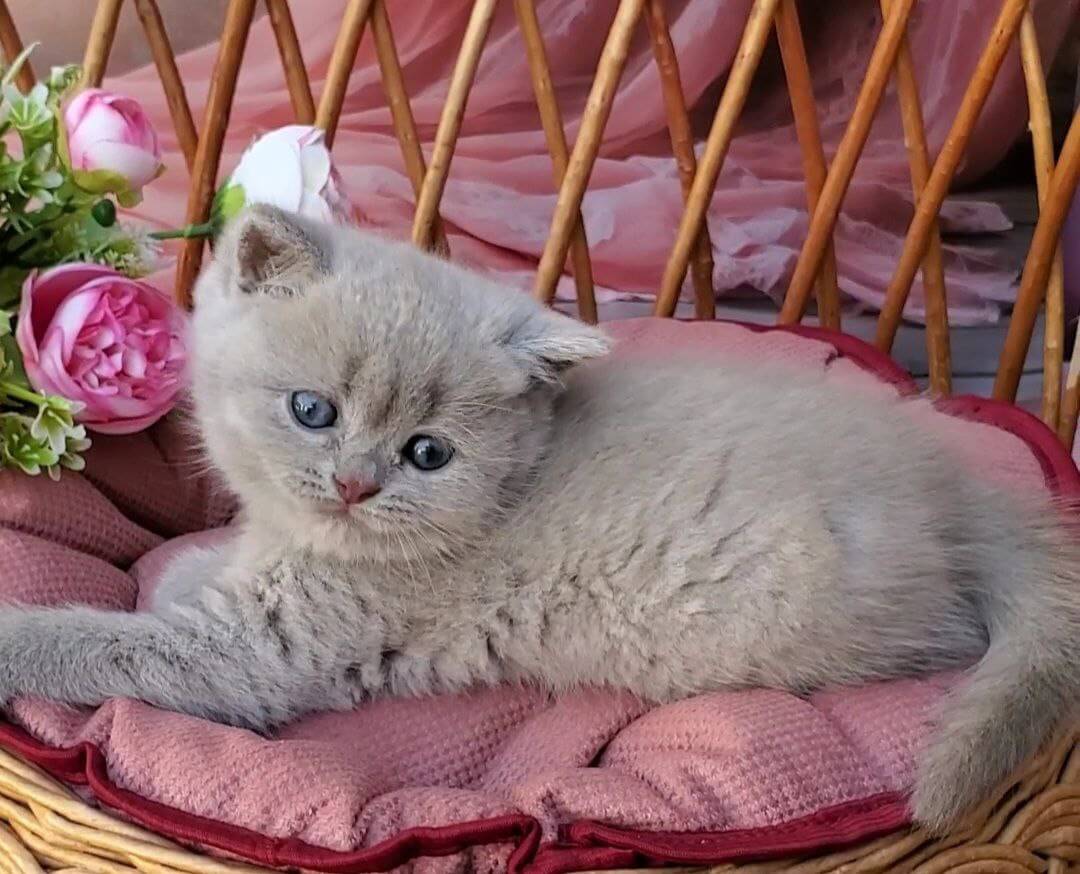
How Much To Feed Your British Shorthair?
British Shorthairs require specific feeding schedules to maintain their health and prevent overweight. To figure out the proper amount, consider factors like age, size, activity, and whether or not your cat is neutered. A strict meal plan guards against obesity, a frequent hazard for this breed.
- Weigh your cat to know their current body weight.
- See yourself the food label for cals per 100g or 1 serving.
- Calculate calories per day (200–300 for adult, 180–220 for senior).
- Divide total calories by number of meals per day.
- Measure with a digital kitchen scale or measuring cup.
- Keep an eye on your cat’s physique and adjust portions accordingly.
1. Kitten Portions
British Shorthair Kittens require 4-5 small meals a day for their rapid development. Their bodies burn calories fast, so these meals should be packed with protein and calories. Feed wet food with lean meats, and ensure each feeding is calorically dense. Kittens require more protein, minerals, and vitamins than adults.
As your kitten matures, monitor their weight on a weekly basis. If they get too roly poly or add weight too quickly, reduce portions a bit. At approximately 6–12 months, gradually begin to incorporate adult food with the kitten food. This aids their digestion and prevents stomach upset. Fade it out over a week or two.
2. Adult Servings
For instance, most adult British Shorthairs require approximately 200–300 kcal per day if they weigh about 4.5 kg. Divide this into 2-3 meals to maintain their energy throughout and avoid binging. Use a kitchen scale or measuring cup for dry and wet food always, so you don’t eyeball it.
If your cat is very active, they might require a little more. If they’re mostly indoor and nap a lot, keep portions on the lower end. Serve the entire measure of dry food at once on one occasion daily if you rely on your cat to control itself. If not, divide feedings at scheduled times.
Check their shape: you should feel-but not see-the ribs. If your cat begins to get heavy, reduce a bit and add in 15–20 minutes of play daily.
3. Senior Meals
Senior British Shorthairs do better with smaller, more frequent meals. Their caloric requirement falls to roughly 180–220 kcal per day for a 4.5 kg cat. Their digestion slows, so softer foods or special senior formulas work better. Specialized diets can assist with joint or kidney health.
Monitor their weight and appetite. If they move around less, they’ll require fewer calories. Tweak portions if you observe fluctuations. Obesity is even more dangerous in senior cats.
4. Activity Levels
Active cats burn more calories and require additional calories. If your British Shorthair enjoys playtime or has outdoor access, you may need to bump up their food! Keep tabs on their activity – if they’re sprightly, bump up meals a tad.
If your cat gets bored or lays around most days, keep calories low. Adjust mealtime accordingly if their activity falls or rises. It keeps their weight in check.
Check their weight every month.
5. Neutered Status
Neutered British Shorthairs require fewer calories. After they’re neutered, reduce their portions to prevent rapid weight gain. Fixed cats can get too heavy too easily, so keep a close check on their shape and weight.
Talk to your vet for diet tips after surgery.
Decoding Food Choices
They require a diet appropriate for their size, age, and health. The right choice of food is a matter of nutrition, calories, and flavor. Their bodies yearn for protein, good fats, and the appropriate vitamins and minerals-particularly Vitamin A, D, E, calcium, phosphorus and potassium. Hydration issues, as well.
Wet, dry and raw have different advantages too. Here’s a comparison of common food types and their nutritional values:
| Food Type | Protein (%) | Fat (%) | Moisture (%) | Calories (kcal/100g) | Notable Features |
|---|---|---|---|---|---|
| Wet Food | 8-12 | 4-8 | 75-85 | 80-100 | High moisture, softer, tasty |
| Dry Kibble | 28-36 | 12-20 | 6-10 | 350-420 | Crunchy, low moisture, easy store |
| Raw Diet | 16-20 | 6-12 | 65-75 | 120-150 | Natural protein, high moisture |
Compare the ingredient list and calories. Stay clear from items heavy in fillers or carbs because lots of carbs can increase diabetes risk, particularly as cats get older. Always seek to balance proteins with key micronutrients.
Your cat’s tastes matter, as well. Some prefer the mouthfeel or flavor of a food more than others. Sample various brands to see which suits your nutritional needs and taste buds better.
Wet Food
Wet food is a great choice for British Shorthairs, particularly because they’re susceptible to urinary conditions such as FLUTD. With their high water content, they keep them hydrated and help their kidneys.
Feed approximately 265-310g per day for a 4-5kg cat, divided into two or three meals. Wet food tends to be less calories per gram, so it’s simple to overfeed if you don’t read the label. Remember to always consider your cat’s lifestyle and physique-less active cats require less calories.
Combining wet and dry is a delicious way to mix things up and provide texture that finicky eaters will adore.
Dry Kibble
Dry kibble is easy, stores fine and has a dental cleaning advantage of sorts thanks to its abrasive nature. Select kibble with high protein and low fillers like corn or wheat.
British Shorthair adults require approximately 44-53 calories per kilogram of body weight per day, so be sure to measure kibble servings to avoid obesity. Keep kibble in a cool dry place in an airtight container.
Keep an eye out for dehydration if your cat eats primarily kibble; fresh water should always be close at hand.
Raw Diets
A raw diet offers your British Shorthair plenty of natural protein and hydration, but it requires thoughtful preparation. It needs to be balanced with the correct proportion of organ meat, muscle and bone.
ALWAYS treat raw foods safely to avoid bacteria. Wash hands, surfaces, and bowls after each meal. Start small. Blend in 25% raw food with your cat’s standard diet on day one, then advance to 100% over 7–10 days.
This gradual transition helps avoid stomach distress.
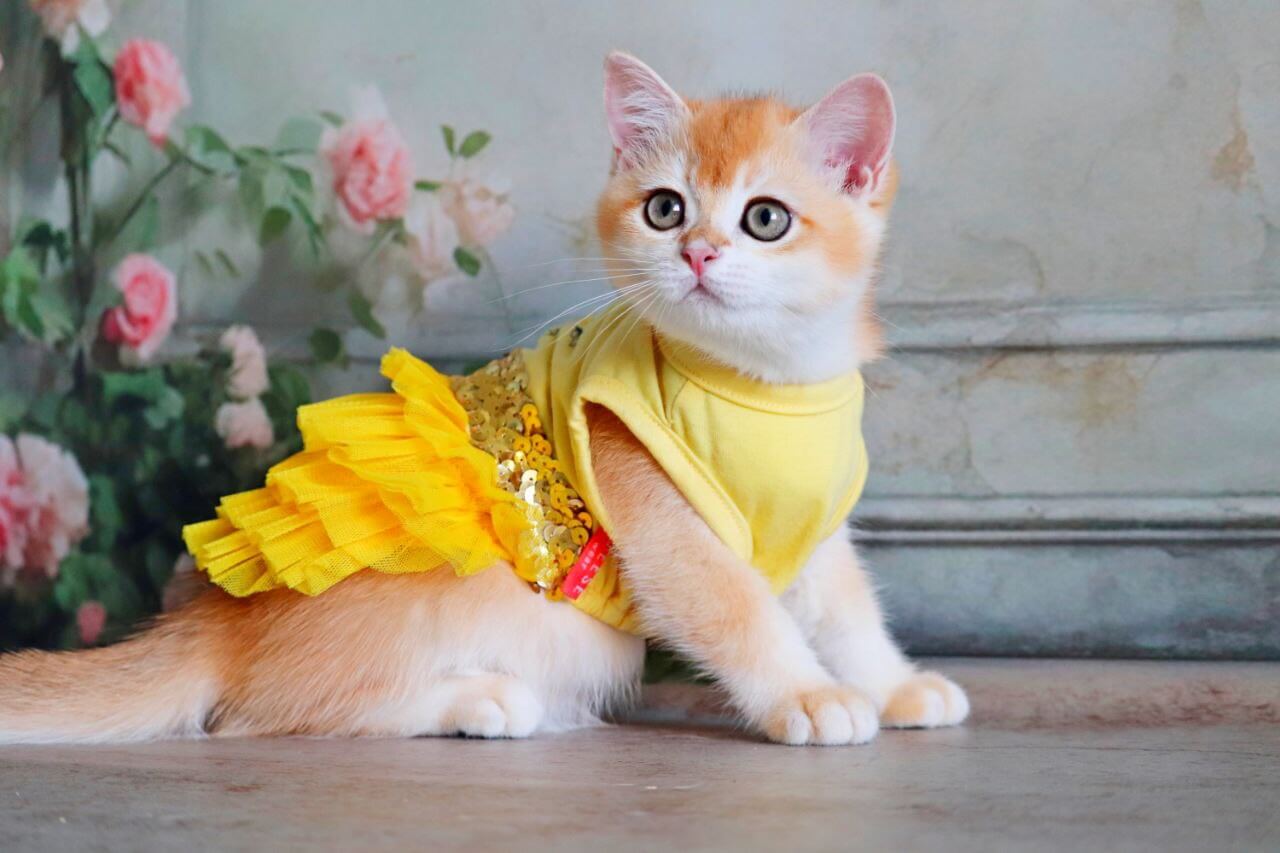
Beyond The Bowl
Feeding your British Shorthair is beyond the bowl. Diet, water, treats and weight all influence their health and mood. Knowing their instinctual requirements guides you to decisions that keep them flourishing.
Hydration Habits
Brits, stay hydrated! These kitties don’t always get the water they need on their own, so combining wet and dry food encourages them to hydrate more. Wet foods have the right combination of high protein and water, matching their instinctual diet and keeping their kidneys in tip-top shape.
A pet water fountain changes everything. A lot of times cats will drink more if it comes out of a fountain because they’re attracted to moving water. While you’re at it, monitor your cat’s litter box for dehydration-small, dry clumps or less urine could mean they need more water.
If it’s warm or your kitty is particularly hyper, change that water more frequently to meet their needs.
- Offer fresh water in multiple spots at home
- Use a shallow, wide bowl or a pet fountain
- Add a splash of water to wet food for even more intake.
- Change water daily to keep it clean
- Watch your cat’s litter box for any changes
- Encourage play that ends near a water source
- Avoid salty snacks that make cats thirstier
Treat Tactics
Works best with treats for training or special moments. They’ve got healthy, low-calorie treats that slip into their daily meals and prevent additional weight gain. Avoid high carb or filler snacks.
Treats are NEVER meal replacements! Restrict how many you provide-treats should be like bonuses, not entrees. Consider treat calories as part of their primary nutrition strategy.
For instance, freeze-dried chicken or fish nibbles can be a quick, savvy choice. For most adult cats, keep to 1-2 treats a day. This makes their diet well-rounded and trains them to anticipate good deeds.
Switch up the protein source every now and then for additional nutrients.
Weight Watch
Although a British Shorthair’s frame is sturdy, they’re inclined to be overweight. Check your cat’s shape – feel for ribs and a clear waist. Feed them according to their age, weight and activity level.
Kittens consume 8-10% of their body weight in food daily, so five or six small meals are ideal. Adult cats, conversely, thrive on 2-3% of their weight, divided into one or two feedings.
Routine vet visits keep you on schedule. Your vet can assist you in adjusting feeding quantities when your cat puts on or loses weight. Lifestyle adjustments – less play or more naps – can require you to dial back on the food.
If you notice your cat filling out or getting sluggish, tweak portions ASAP. A combination of protein rich, grain-free, and low-carb foods keeps muscles strong and weight steady.
Why Your Shorthair’s Diet Is Different
British Shorthair cats, with their robust bodies and placid personalities, have distinctive nutritional requirements. They require a unique feeding regimen that suits their physique, lifestyle, and wellness risks.
- British Shorthairs pack on the pounds with their stocky frame and genetically tend to carry a little more muscle and fat, naturally. Which is why they’re prone to packing on the pounds and their meals must be portioned and calorie-controlled.
- Their sedate lifestyle means they burn fewer calories than the leaner, more active breeds. Excessive amounts of food, or even too many treats, can rapidly result in weight gain.
- The breed can encounter genetic health problems, including dental disease and joint strain. Diet can mitigate or avoid some of these risks.
- British Shorthairs do well on animal protein and healthy fats and very few if any carbohydrates, because their ancestral diet would consist primarily of raw meat.
- Life stage matters: kittens need more protein and energy than adults. Senior cats might require food with additional joint support or reduced calories.
The Stocky Build
British Shorthairs have irresistibly round faces and dense bodies. This appearance is adorable, but it indicates they must have rigorous portion control. Overfeeding so easily turns into overweight, which stresses joints and increases diabetes risk.
Choose protein-rich foods that are not calorie-laden. Lean meats like chicken, turkey, salmon, and tuna provide the amino acids and healthy fats they require to maintain muscle without adding fat. Constantly test their body condition by palpating for ribs and checking for a waist.
If your kitty is turning into a rug rat, it’s probably time to reduce portion size, or maybe go with a lighter food.
A Sedentary Soul
A lot of British Shorthairs are indoor cats who like to lounge. Because they don’t get around as much, they require less food than very active or hunting cats. If your cat naps through most days, feed accordingly with a plan that fits this lower energy.
Even with a little less food, it’s crucial to get them playing! Experiment with puzzle feeders, feather toys or quick play sessions to increase activity and help burn calories. Beware of boredom eating, because these cats may graze simply because the food is there.
Genetic Health
This breed can inherit health problems, so diet is a tool for prevention. Dental disease is prevalent, so dry kibble or dental treats can help with oral health. Allergies are uncommon but British Shorthairs often have sensitive stomachs and likely thrive on high-quality, grain-free foods.
Team up with your vet to determine the appropriate ratio of protein, fat and carbs, with the latter under 3%. Certain felines might require prescription diets for weight management or urinary health. Be sure to monitor for any changes in weight, coat or energy, as these can indicate a diet problem.
Expert Guidance
It’s savvy to seek advice from vets or pet nutritionists. They can customize a diet for your British Shorthair’s age, weight, and health requirements. Routine checkups keep their plan on course.
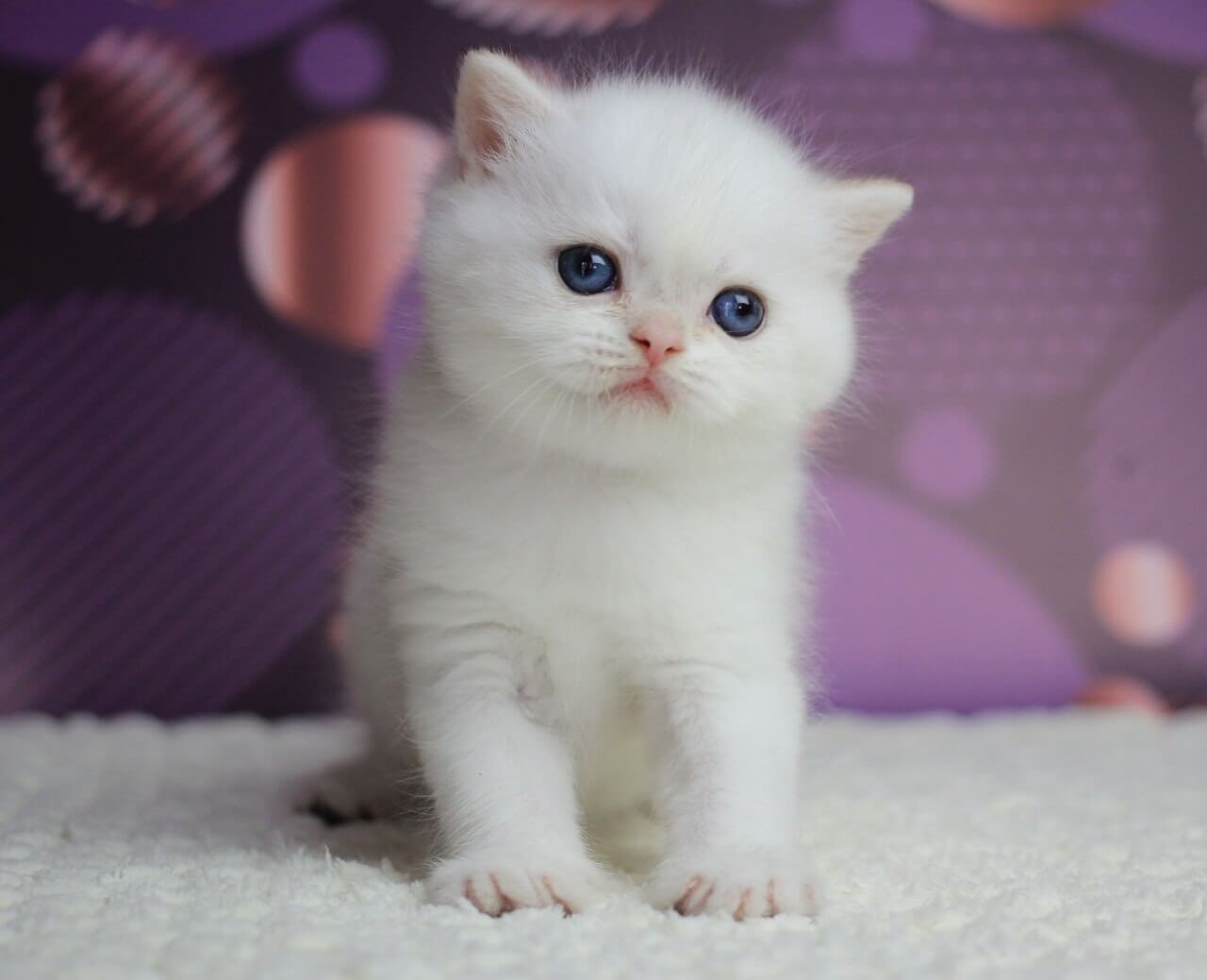
Reading Your Cat’s Cues
British Shorthairs have their own method of communicating their needs. It’s not only concerned with their consumption, but their behavior before, during and after mealtime. Monitoring their appetite and habits allows you to catch problems early, keeping your kitty healthy and content.
Start with their body language. British Shorthairs, like most cats, communicate their emotions through tail, ears and whisker actions. A twitching tail might indicate they are alert or irritated, and flattened ears are often a sign of anxiety. Whiskers that are pushed forward indicate interest or hunger.
If you find them crouching or arching their back, it may indicate they’re either scared or playful. These signs can indicate to you if your cat is comfortable at dinnertime or if something’s amiss.
Hear their meows. Meowing immediately before dinner is an obvious hunger sign, and purring can indicate they are happy or looking for comfort. Hissing at the food bowl may indicate pain or food aversion.
Other British Shorthairs might remain mum, but express themselves by nuzzling your legs or the dinner pot. These micro-instances inform you if you’re offering the appropriate portion or species.
Look for changes in behavior or weight. A cat that begins eating significantly more or less than they used to could be experiencing health issues. Sudden weight gain or loss is a warning sign.
Should your British Shorthair begin drinking or urinating more frequently, this may indicate health problems such as diabetes or kidney stress. Always pay attention to these shifts, as they can be harbingers of larger health issues.
Watch for scent marking and social signals. Our cats scratch or rub their faces on stuff to mark their territory or exhibit contentedness. If your British Shorthair kneads their bed or your lap, they could be seeking additional affection or solace.
Slow blinks and soft head butts are signs of trust and love. Conversely, if your cat is hiding more than normal or pacing room to room, they could be stressed or anxious. All of these cues count when determining if you should adjust their food quantity or variety.
Keep in contact with your vet. If you notice any eating, weight, or behavioral changes that don’t return, seek guidance. Vets could assist you in determining the amount and type of food that is most appropriate for your BSH’s requirements.
